Vivienne Westwood, the provocative British fashion designer who lasted more than half a century as a style icon and environmental activist, helping to dress the punk movement of the 1970s before dressing models on the Paris catwalks and of Milan, died on December 29 in the Clapham section of south-west London. She was 81 years old.
His death was announced by her eponymous fashion house, which did not cite a cause.
Ms Westwood went from a enfant terrible to a grande dame of the fashion world, bursting onto the London scene in the 1970s when she helped dress punk rockers like the Sex Pistols in leather jackets, torn shirts and safety pins. Later, she turned to couture design, creating outfits that have been exhibited in museums around the world, while experimenting with flamboyant pirate shirts and petticoats, tweed corsets and pinstripe clothing. .
Throughout her career, she has linked fashion with politics, leveraging her fame to promote environmental causes, nuclear disarmament, vegetarianism and efforts to combat climate change. She adorned her shirts, jackets and dresses with militant slogans – “Politicians R Criminals” and “We are not disposable” – and urged her audience to buy less, not more, unveiling a unisex line in 2017 with the hope that men and women could share the same clothing, including capes and tutus.
“Unisex might seem like a joke, but really it’s about style and being able to dress how you want,” she told The New York Times that year at a lane event. London Fashion Week. “Swapping clothes with your partner means you can buy less, choose well, and really make them last.”
Ms Westwood was initially known for presiding over a boutique on London’s King’s Road with Malcolm McLaren, who became the manager of the Sex Pistols. “I was messianic about punk”, she later recalled, “to see if we could put a ray in the system somehow.”
She maintained this anarchic sensibility long after being embraced by the establishment, posing for the cover of Tatler magazine in 1989 in an Aquascutum suit which she said was intended for Prime Minister Margaret Thatcher. Three years later, when Queen Elizabeth II awarded her the Order of the British Empire, Ms Westwood – who was later made a Dame Commander – shocked photographers by twirling to show off her outfit, a tailored skirt suit that she wore with sheer pantyhose but no underwear.
“I have an inherent wickedness,” she said in an interview for Jon Savage’s book “England’s Dreaming,” “a kind of built-in clock that ticks against anything orthodox.”
Vivienne Isabel Swire was born in Glossop, an English town east of Manchester, on April 8, 1941. Her mother, a seamstress who made her own clothes, favored standard fare for her three children; Ms Westwood said she first became interested in fashion when her mother allowed her to choose her own clothes. She chose a tight skirt and heels.
Ms Westwood briefly attended Harrow Art School, then went on to a teacher training college, landing a job as a schoolteacher. Her marriage to Derek Westwood, a dance hall manager, ended in divorce, and in the mid-1960s she began a relationship with McLaren, with whom she collaborated as a designer.
Together, they riffed on the style of 1950s “teddy boy” fashion, while drawing inspiration from biker culture and sadomasochistic imagery. Under the slogan “Clothes for Heroes”, they designed leather and zippered dresses and “bondage” shirts with sleeves that rolled up like a straitjacket. A t-shirt showed Queen Elizabeth II with a safety pin piercing her lip.
Their shop went through several names, including Too Young to Die and Too Fast to Live, but the one that caught the most public attention was Sex. The name appeared in big pink letters above the door.
In 1981, they launched their first catwalk collection: neutral clothing that evoked pirate imagery and 19th century fashion. The style became part of the New Wave post-punk scene after being adopted by pop stars Adam Ant and Boy George.
Ms Westwood quickly dissolved her partnership with McLaren and later created designs such as the mini-crini, a shortened version of the Victorian crinoline and a lightweight corset designed to be worn outside of an outfit, which helped to spark a ’90s trend towards underwear as outerwear. In recent decades, she has used her name for a growing number of retail partnerships, including tea sets, hats, jewelry and fragrances.
She opened her first American boutique in Los Angeles in 2011.
Survivors include her husband of 30 years, Austrian designer Andreas Kronthaler; a son from his first marriage, erotic photographer Ben Westwood; and a son with McLaren, Joseph Corré, who co-founded lingerie brand Agent Provocateur. Additional details about the survivors were not immediately available.
In 2008, a Westwood wedding dress became a centerpiece in the movie “Sex and the City” when Sarah Jessica Parker’s character, Carrie Bradshaw, decides against wearing a Vera Wang dress in favor of puffy silk and taffeta. of Mrs. Westwood. Ms Westwood was unimpressed with the rest of the clothes featured in the film, later saying, “I went to the premiere and left after 10 minutes.”
When it came to her own image, she often opted for relatively simple outfits to go with her distinctive bright orange hair. “My fashion advice,” she told The Times in 2009, “is to have a flattering mirror at home, then forget about it.”




























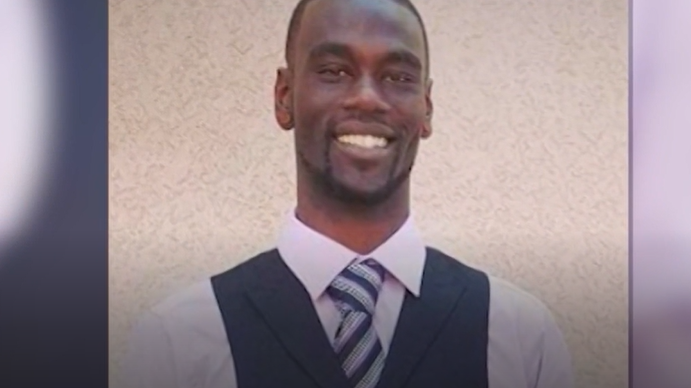






























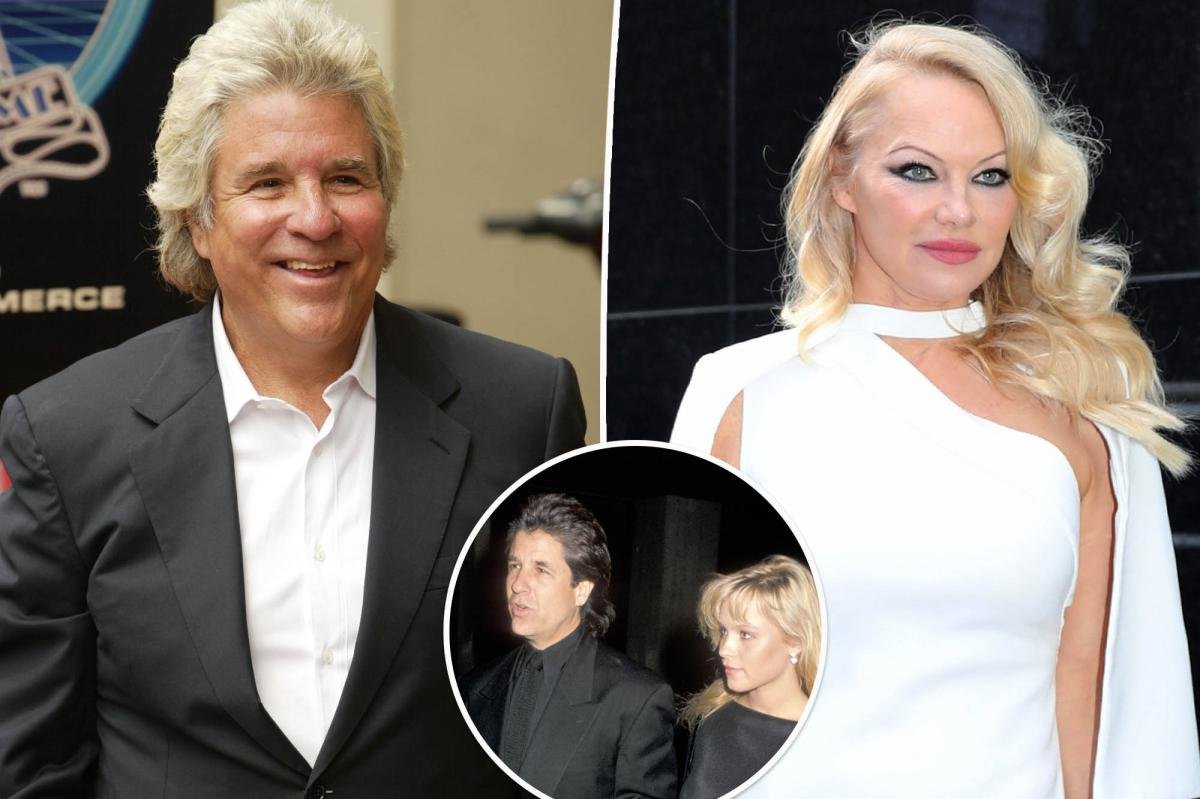






























































































































































































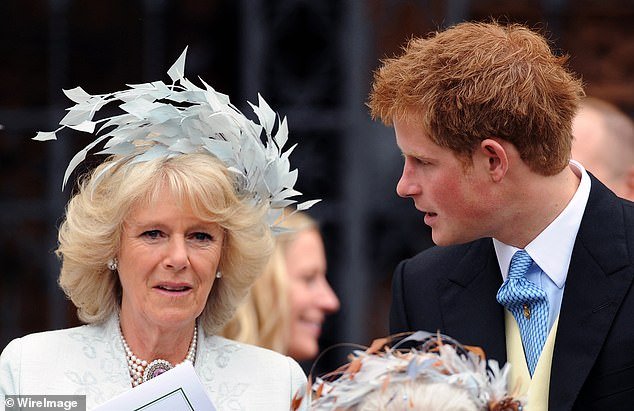




















































































































































































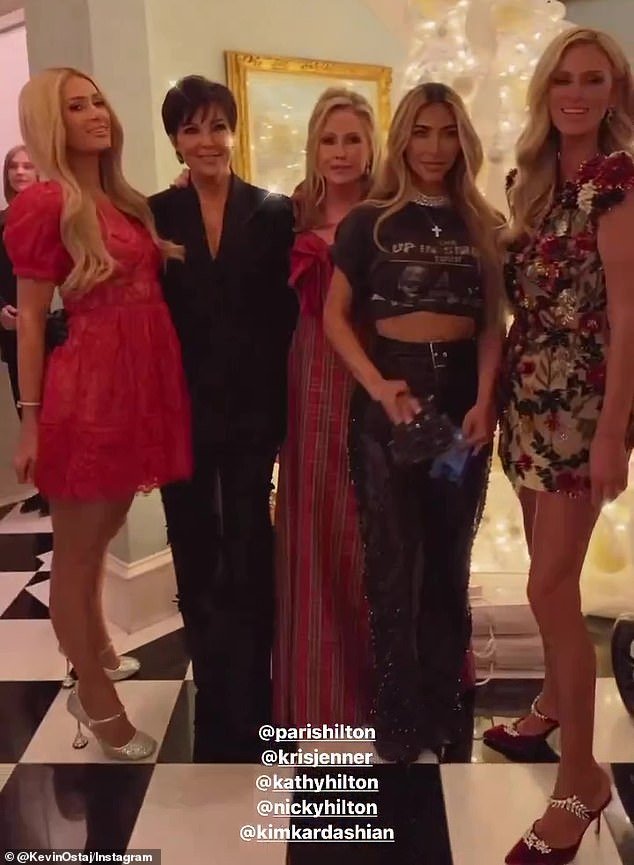






























![“Ghosts” recap: season 2, episode 10 – [Spoiler] To kiss](https://nokiamelodileri.com/wp-content/uploads/2022/12/Ghosts-recap-season-2-episode-10-Spoiler-To-kiss.jpg)







































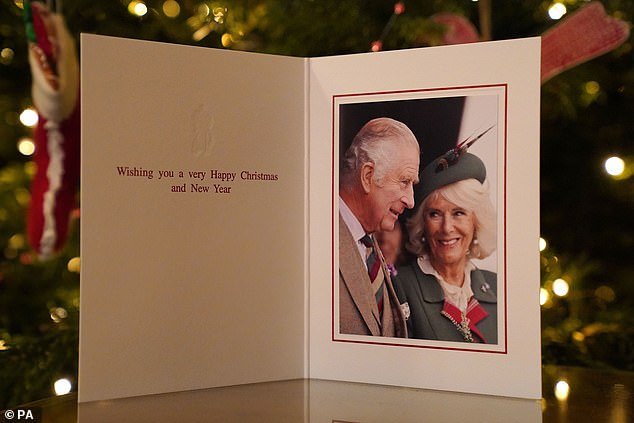












































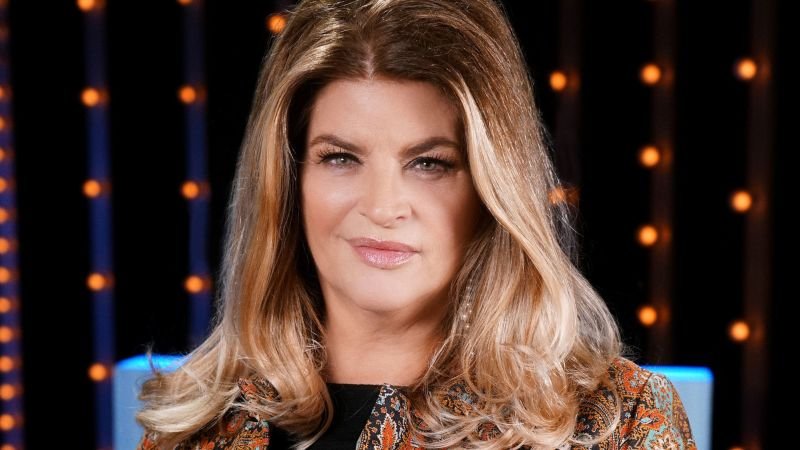



























































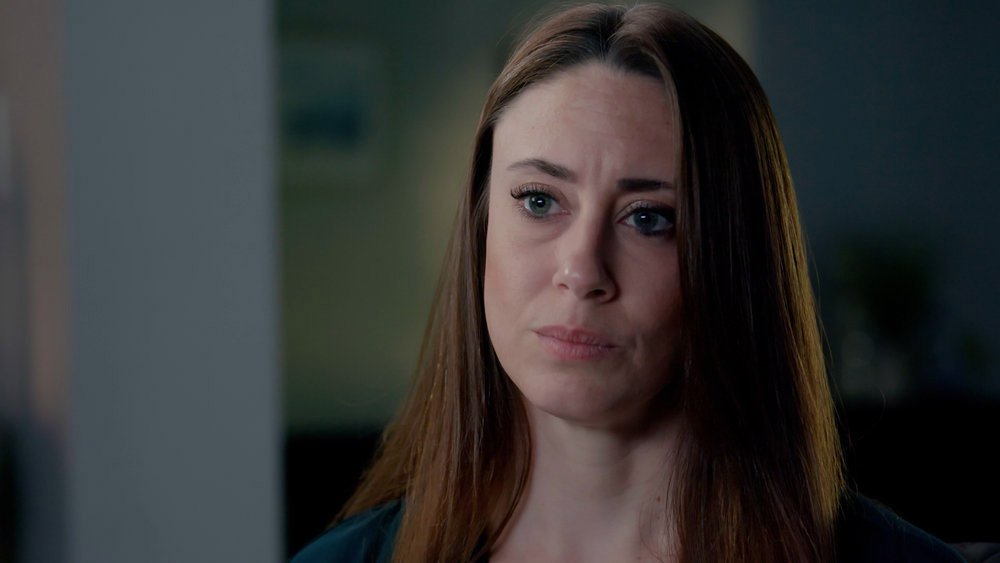










































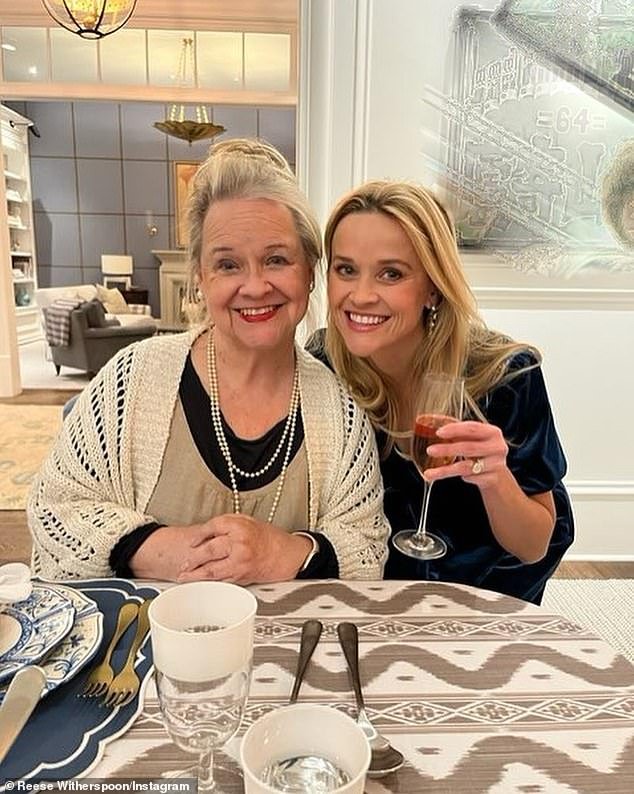

































































































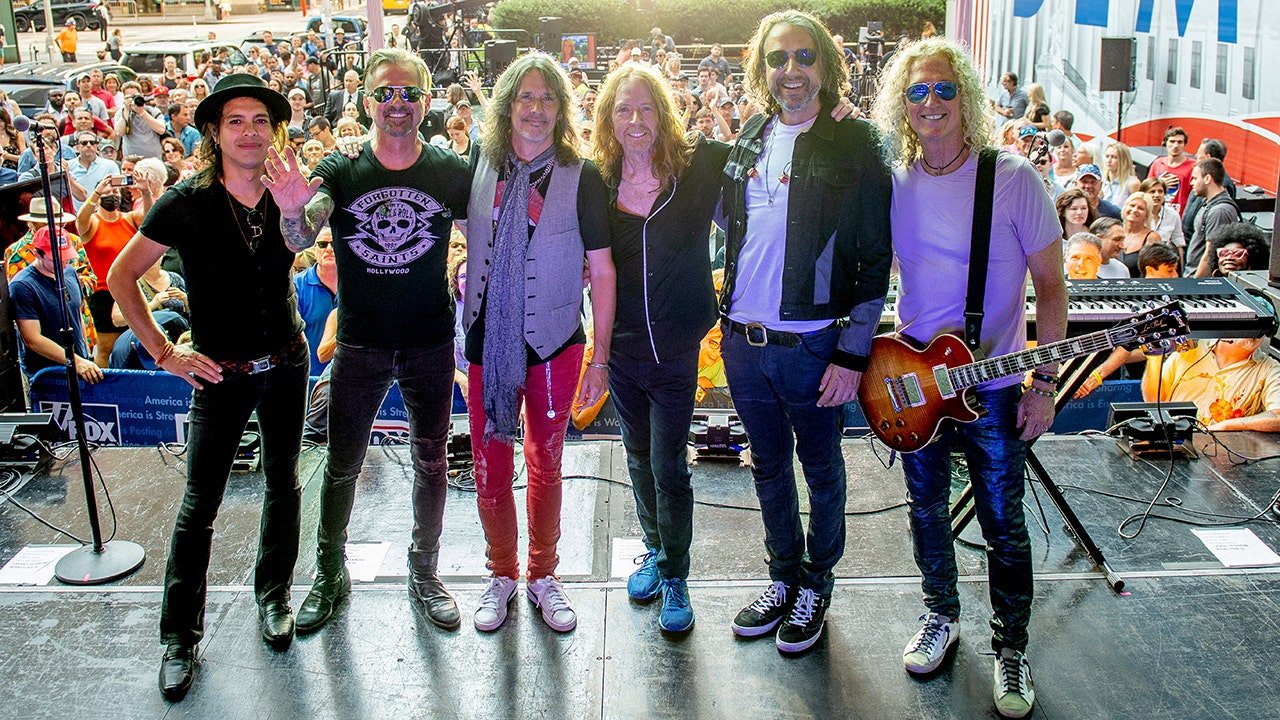








![The Walking Dead Recap: Season 11, Episode 23 — [Spoiler] Die?!?](https://nokiamelodileri.com/wp-content/uploads/2022/11/The-Walking-Dead-Recap-Season-11-Episode-23-—-Spoiler.jpg)







































































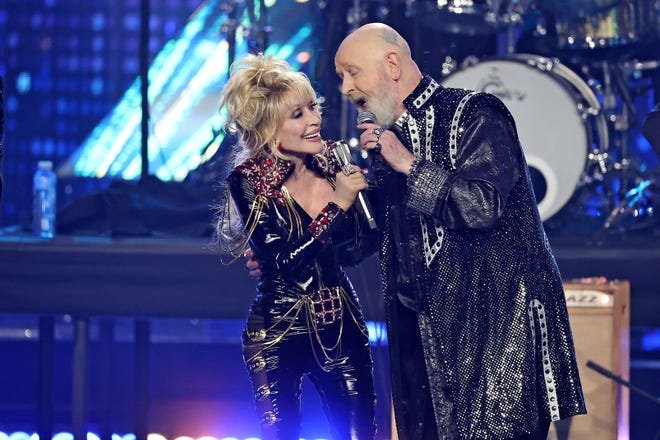


















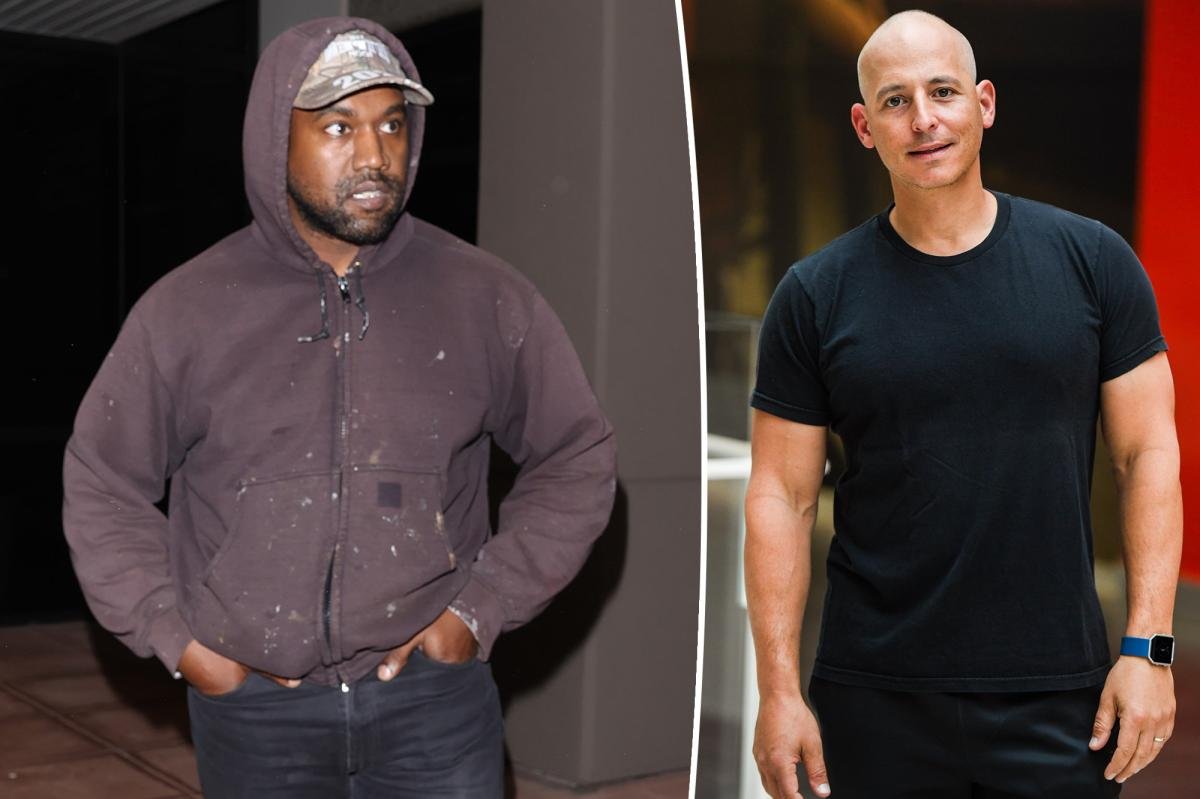















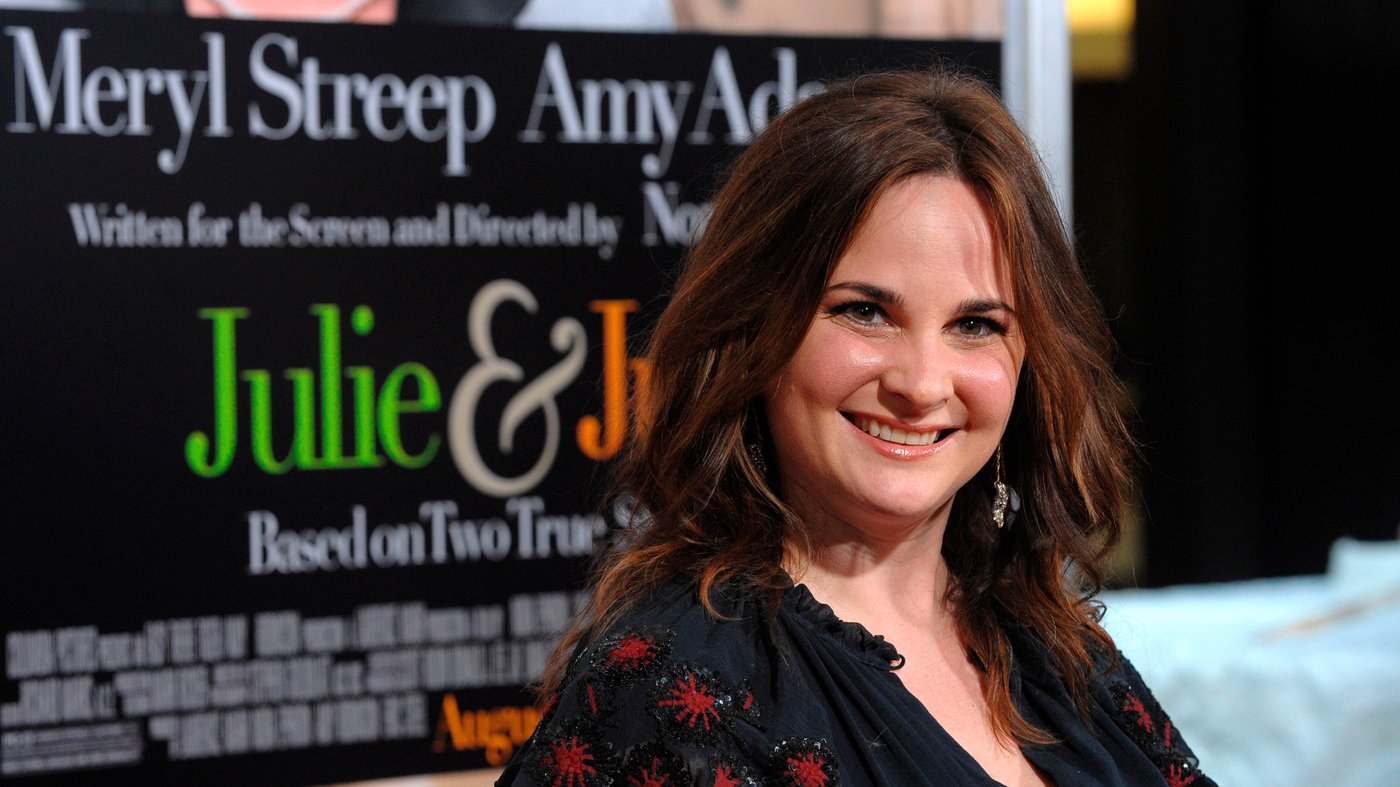













































































































































































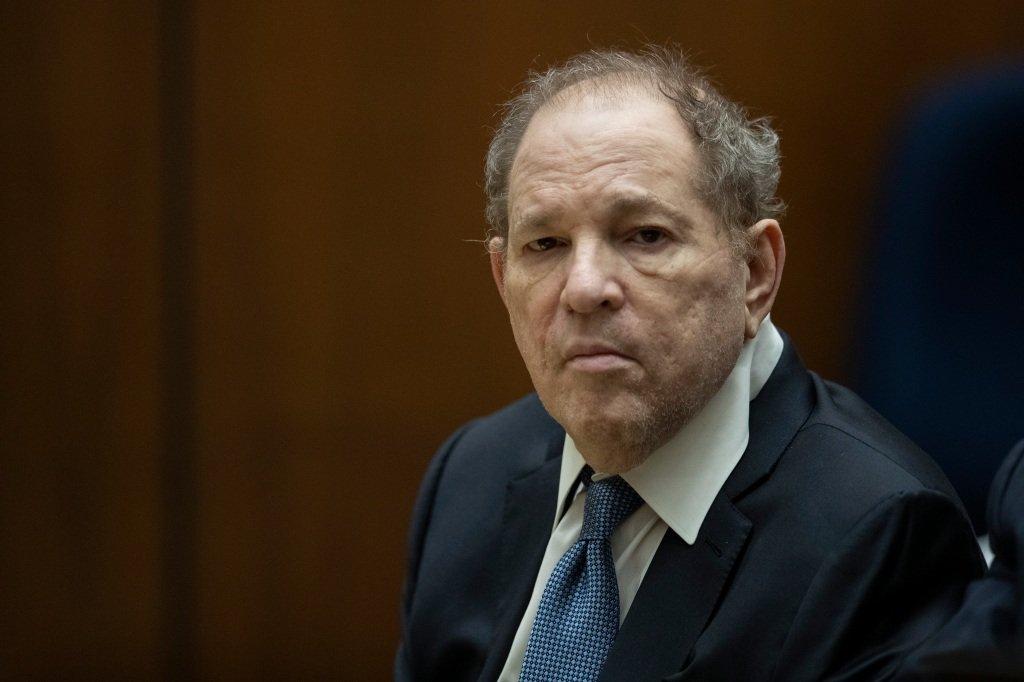
















![‘She-Hulk’ Recap: Finale Criticizes MCU Tropes, Introduces [Spoiler]](https://nokiamelodileri.com/wp-content/uploads/2022/10/She-Hulk-Recap-Finale-Criticizes-MCU-Tropes-Introduces-Spoiler.jpeg)

















































































































































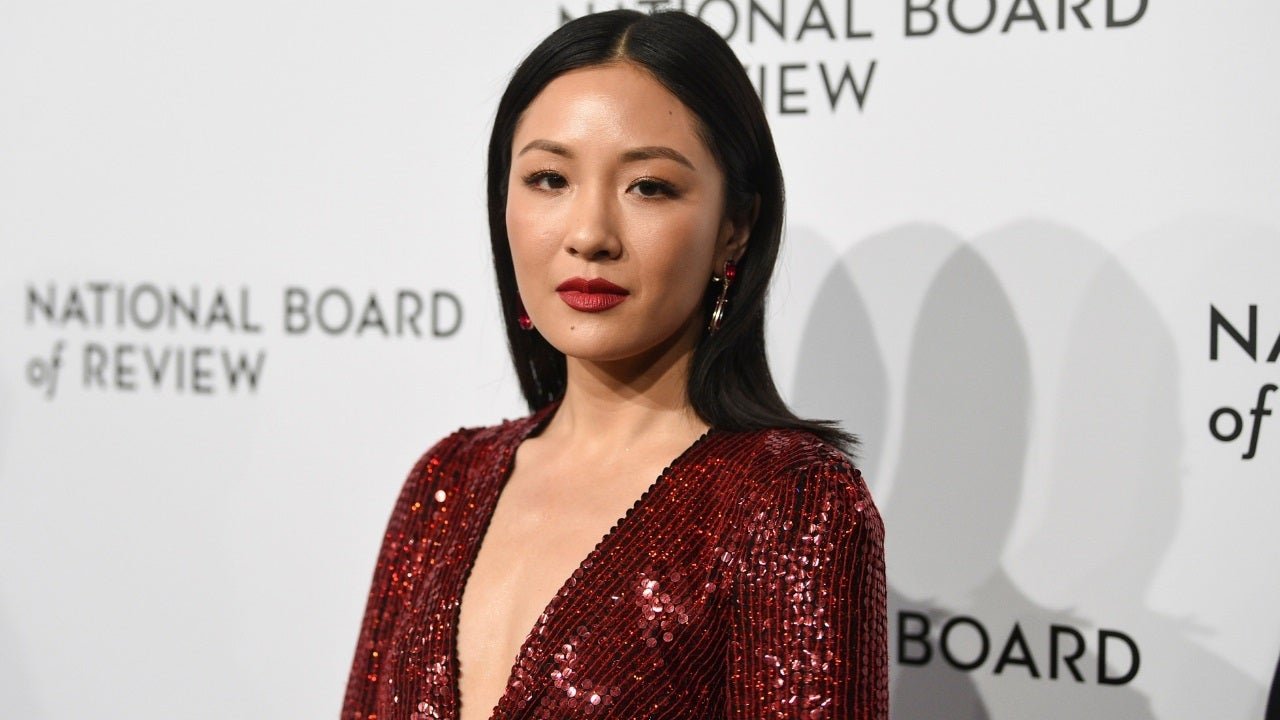















































































































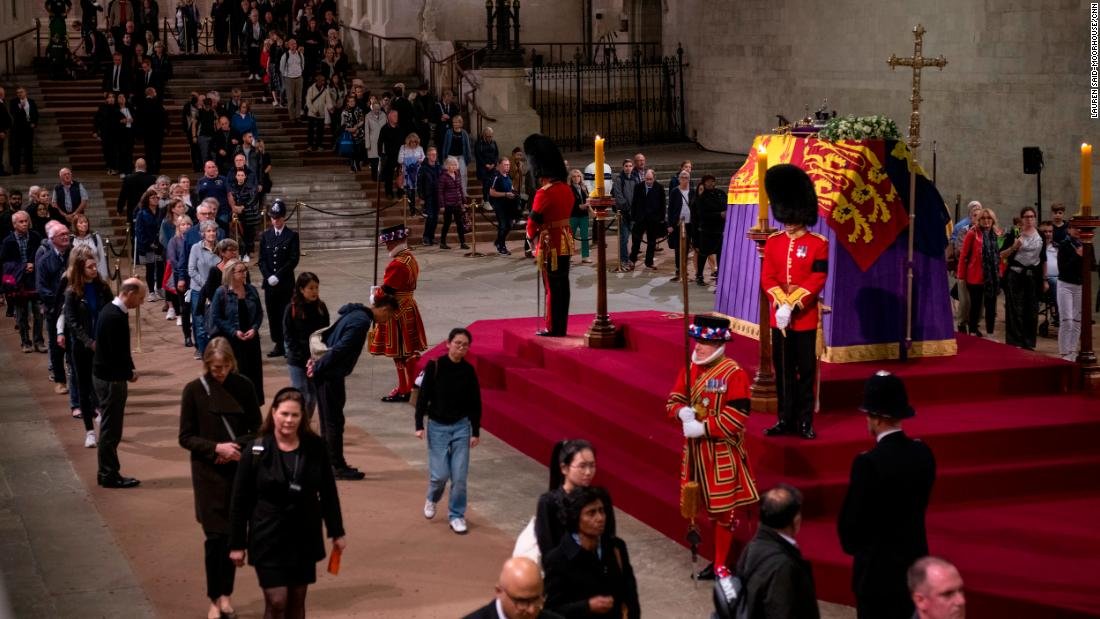


















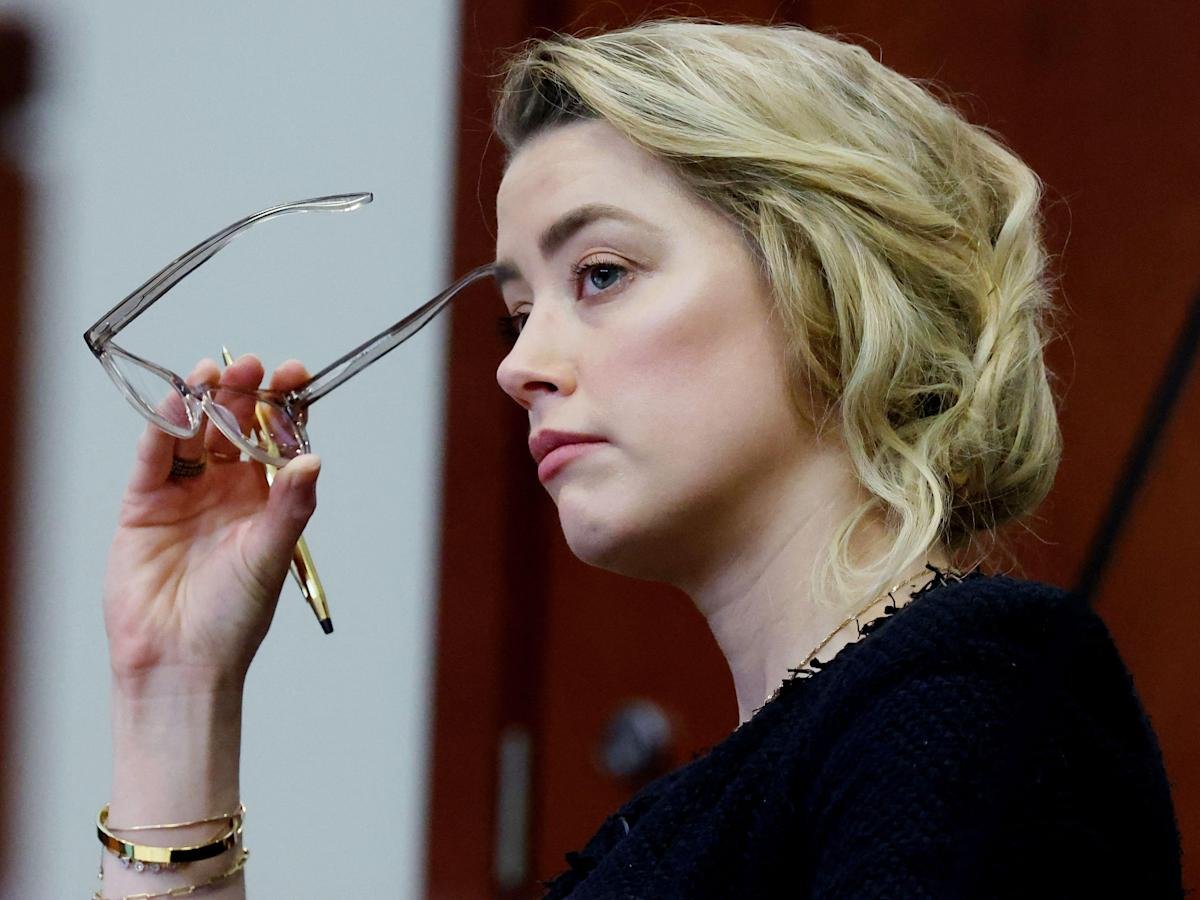






























































































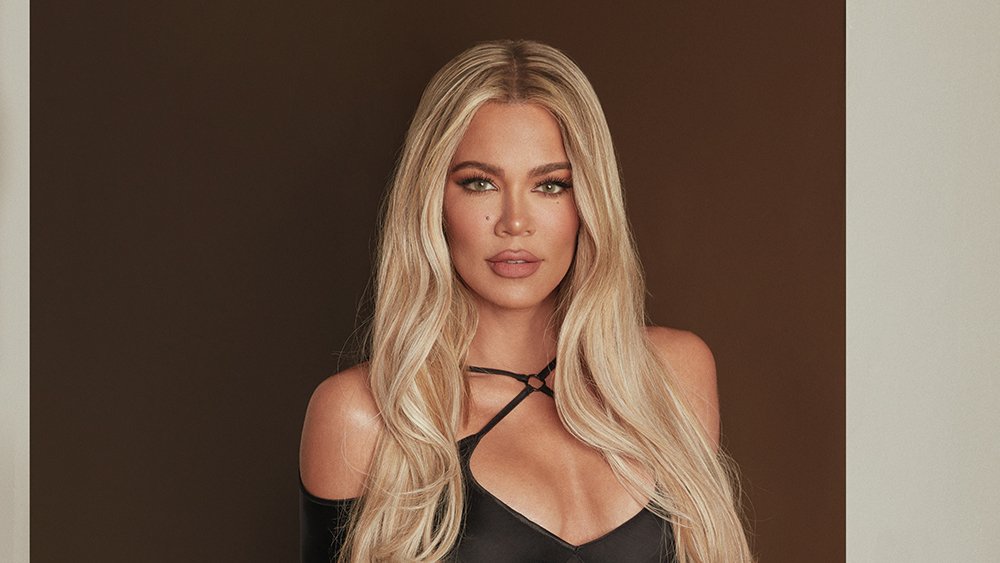















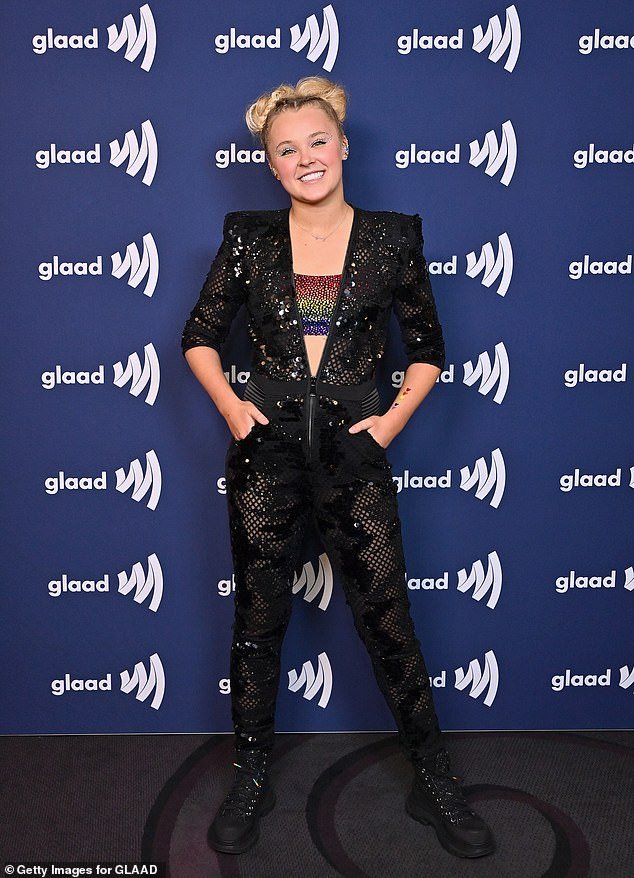


























































































































































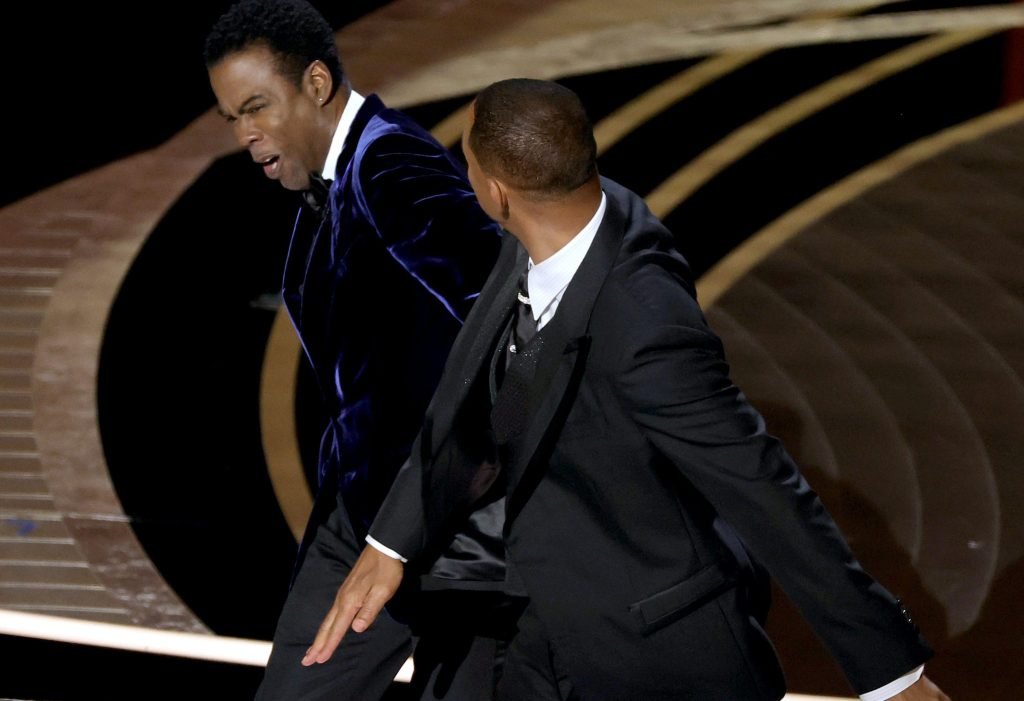






















































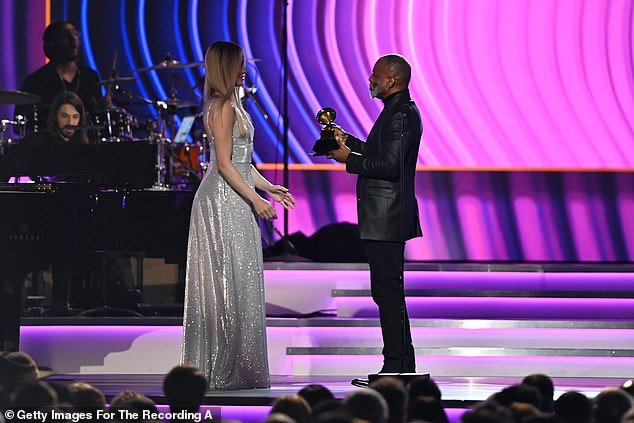

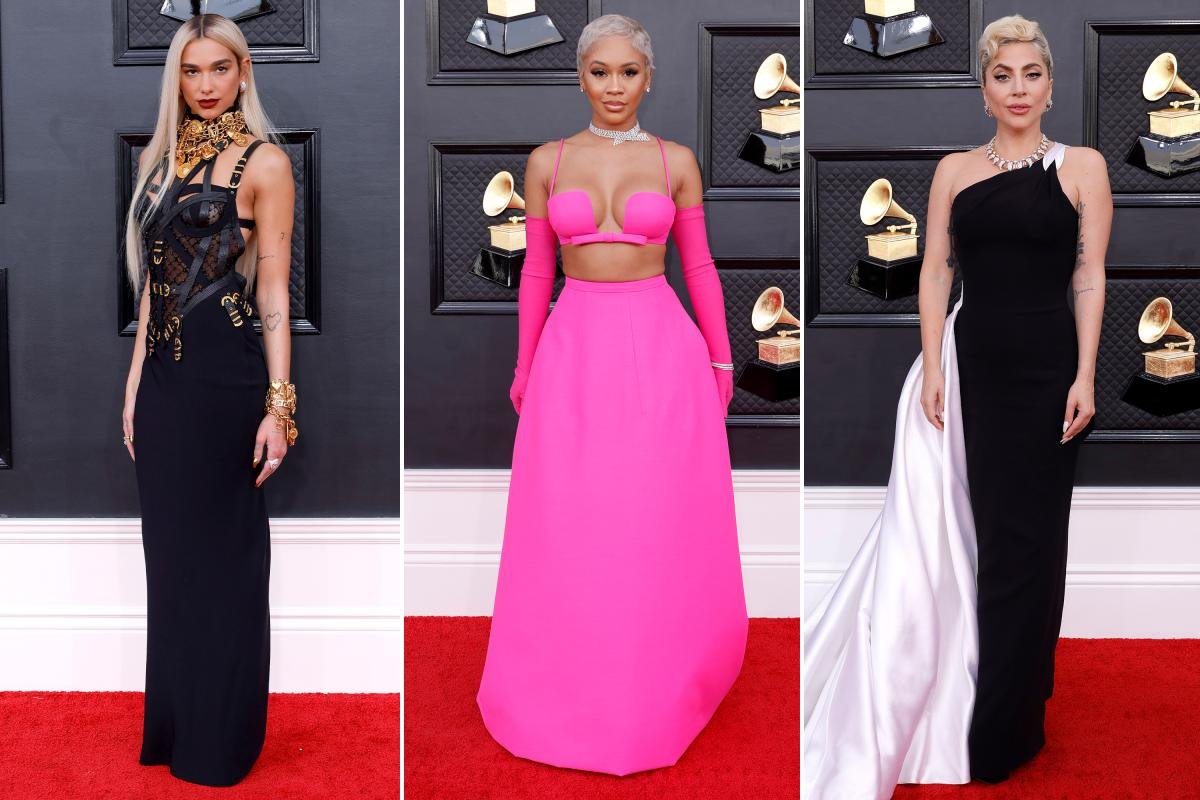




























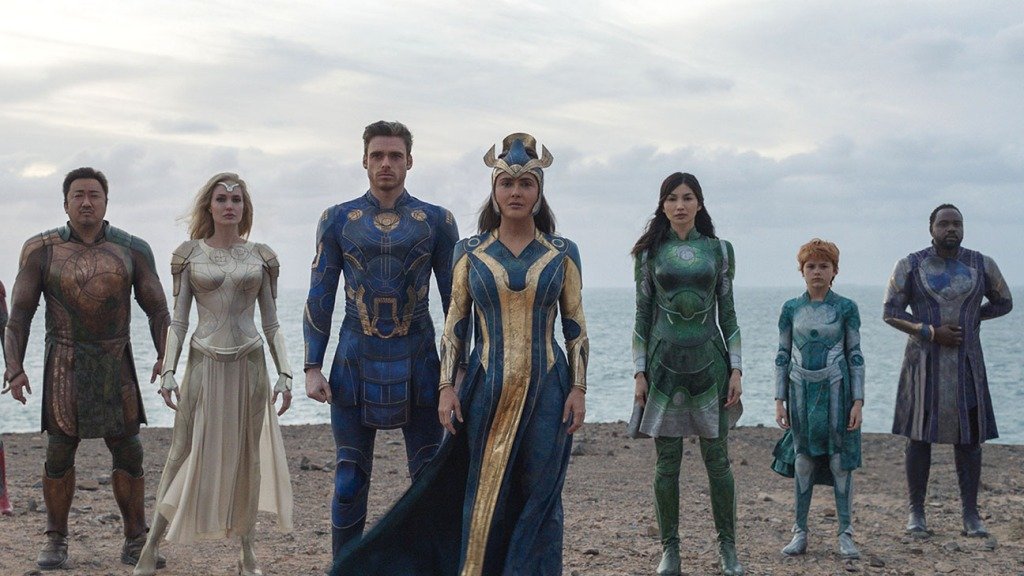



























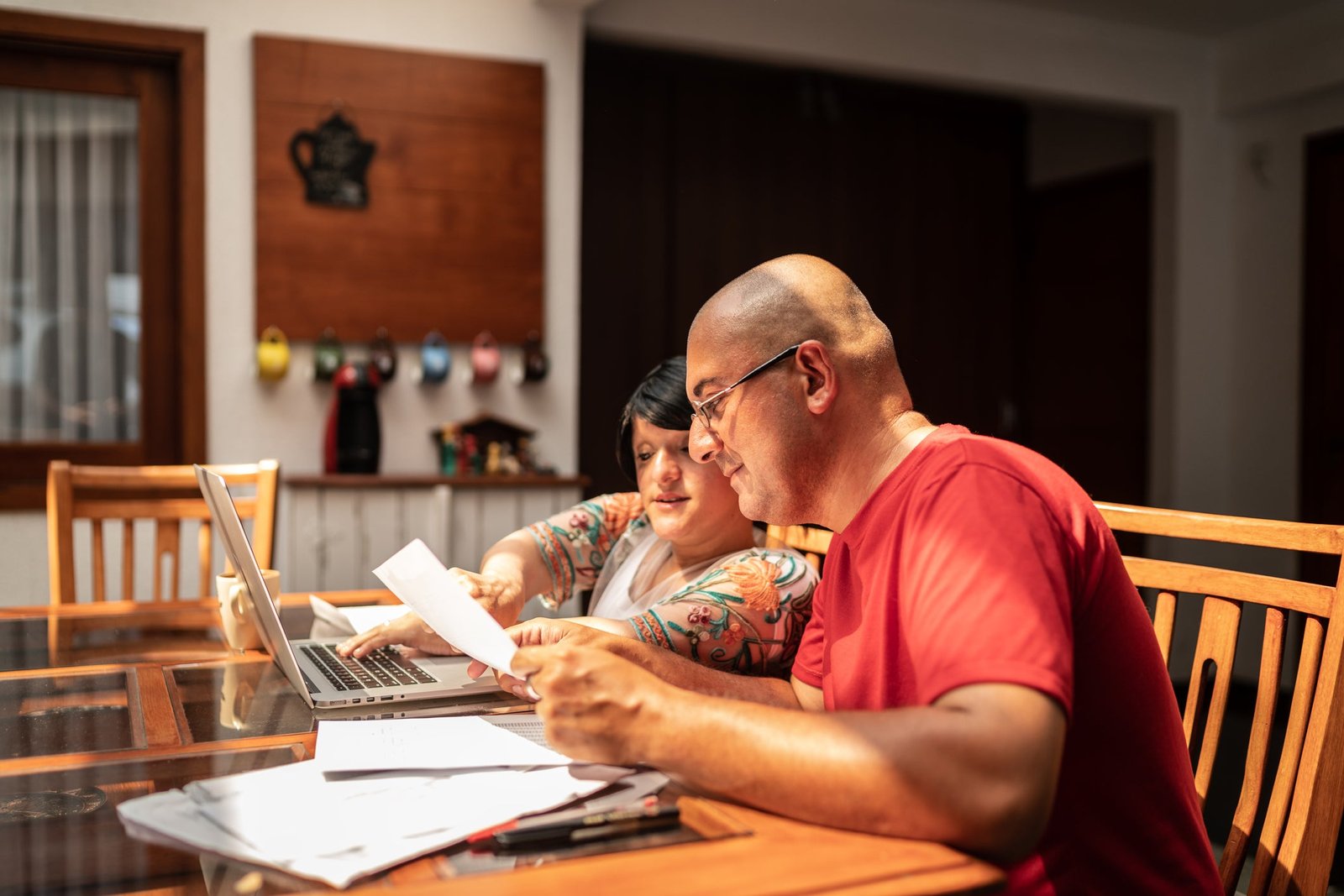
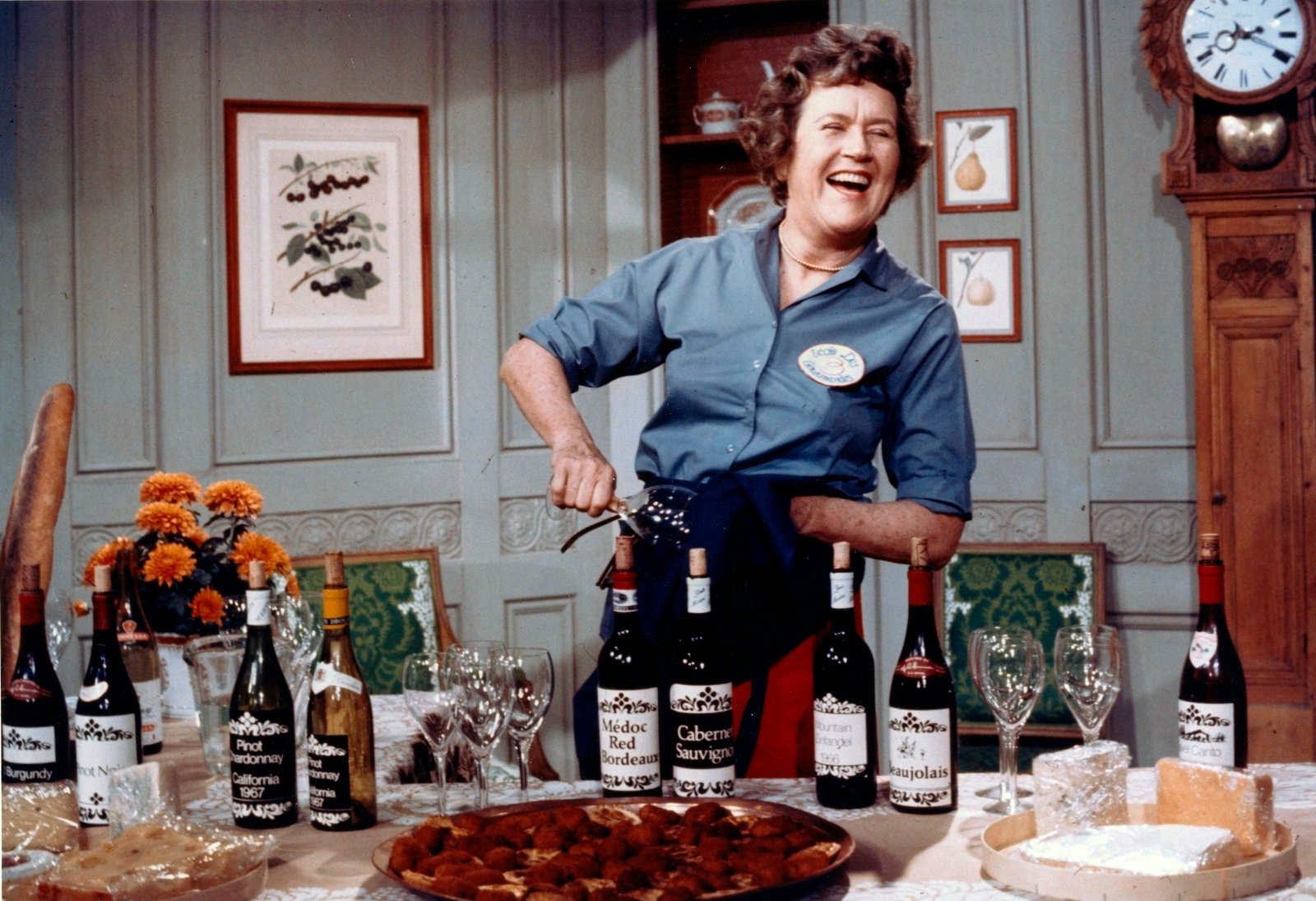









































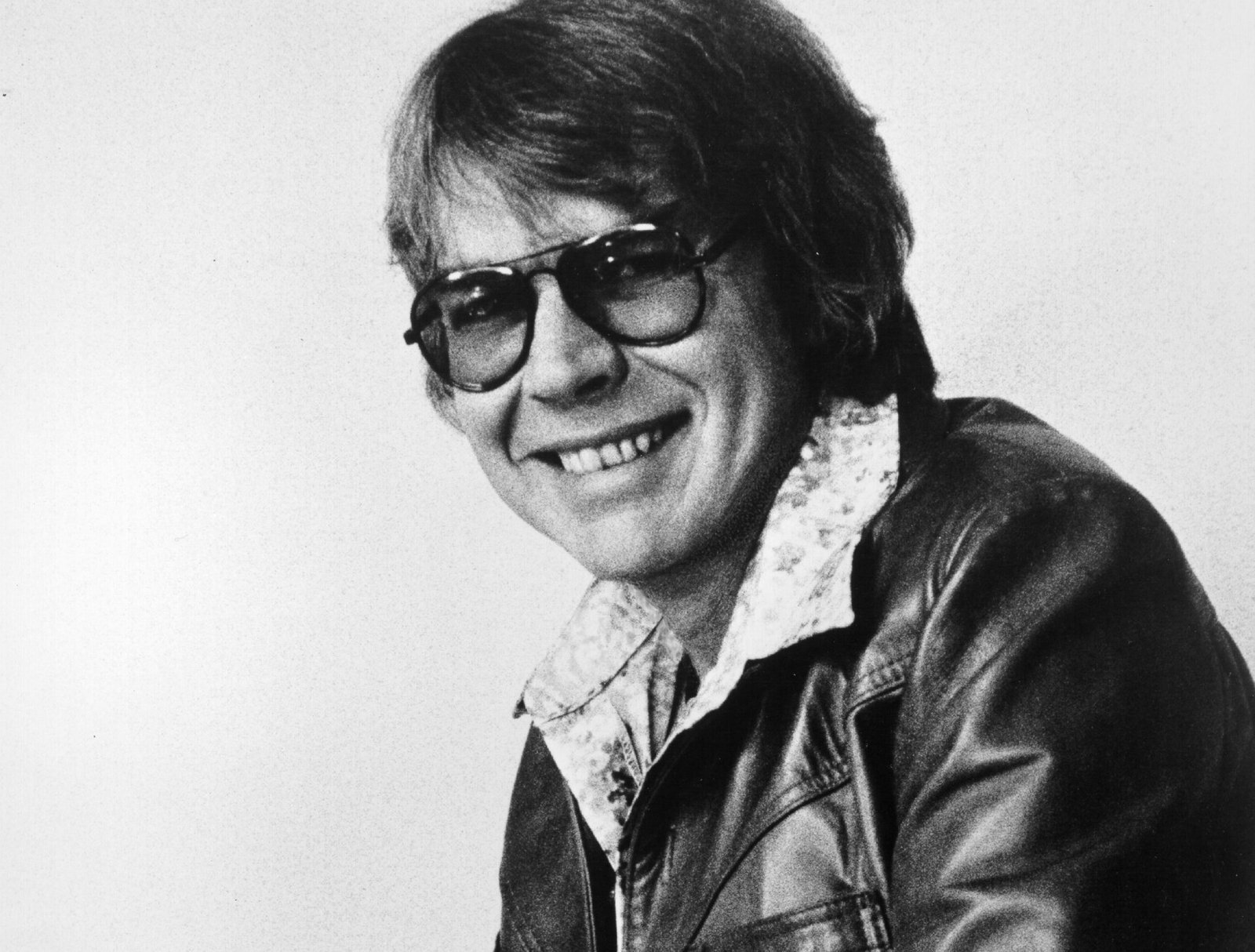



















































































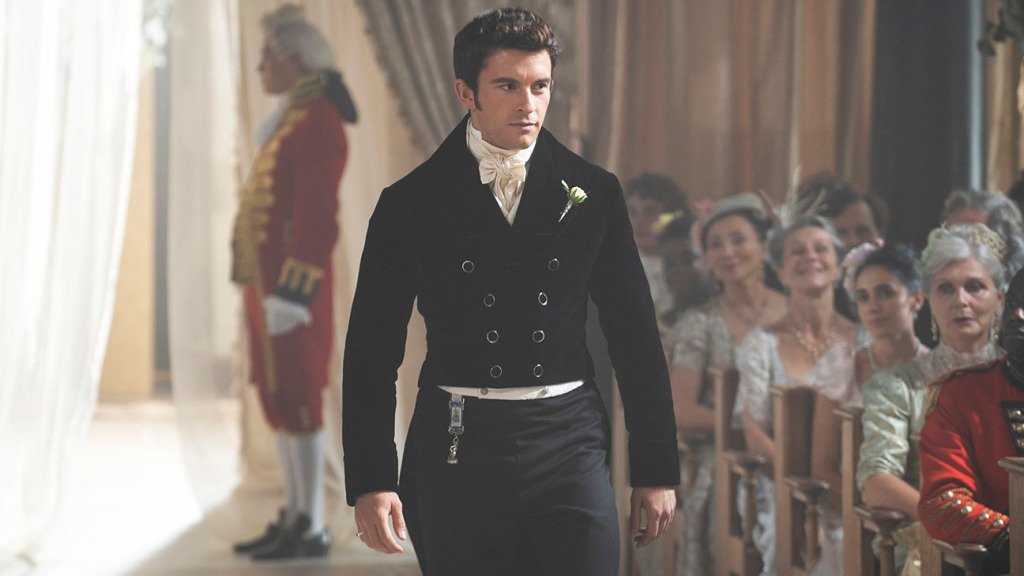

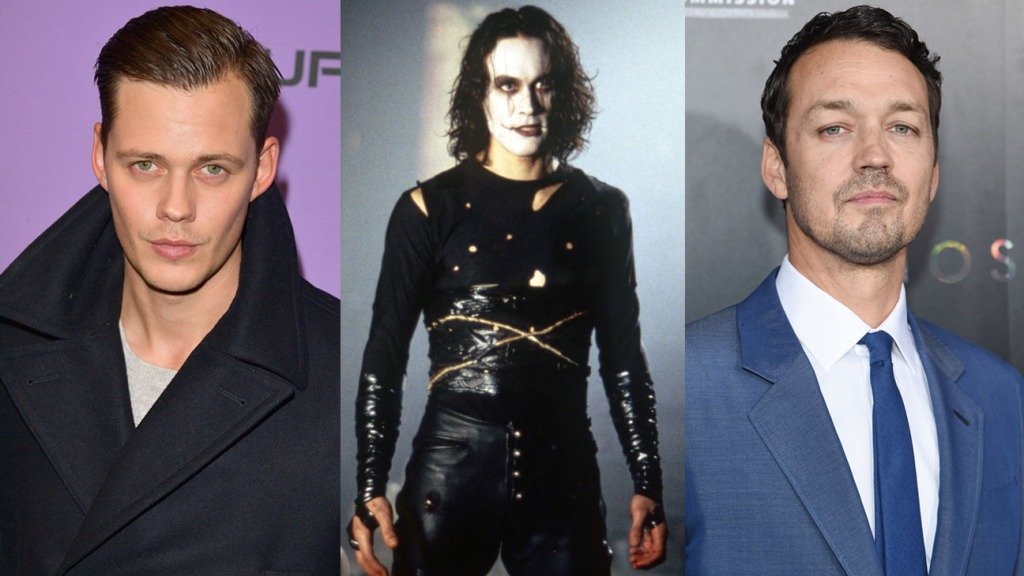


















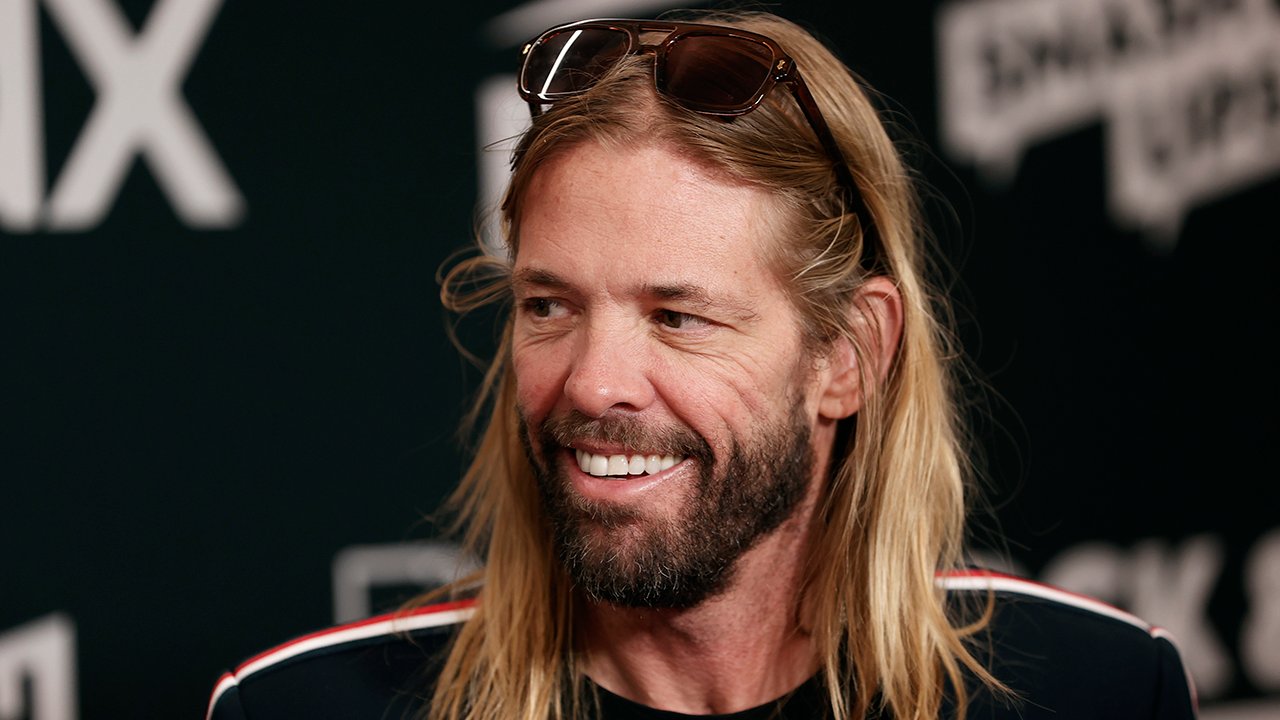










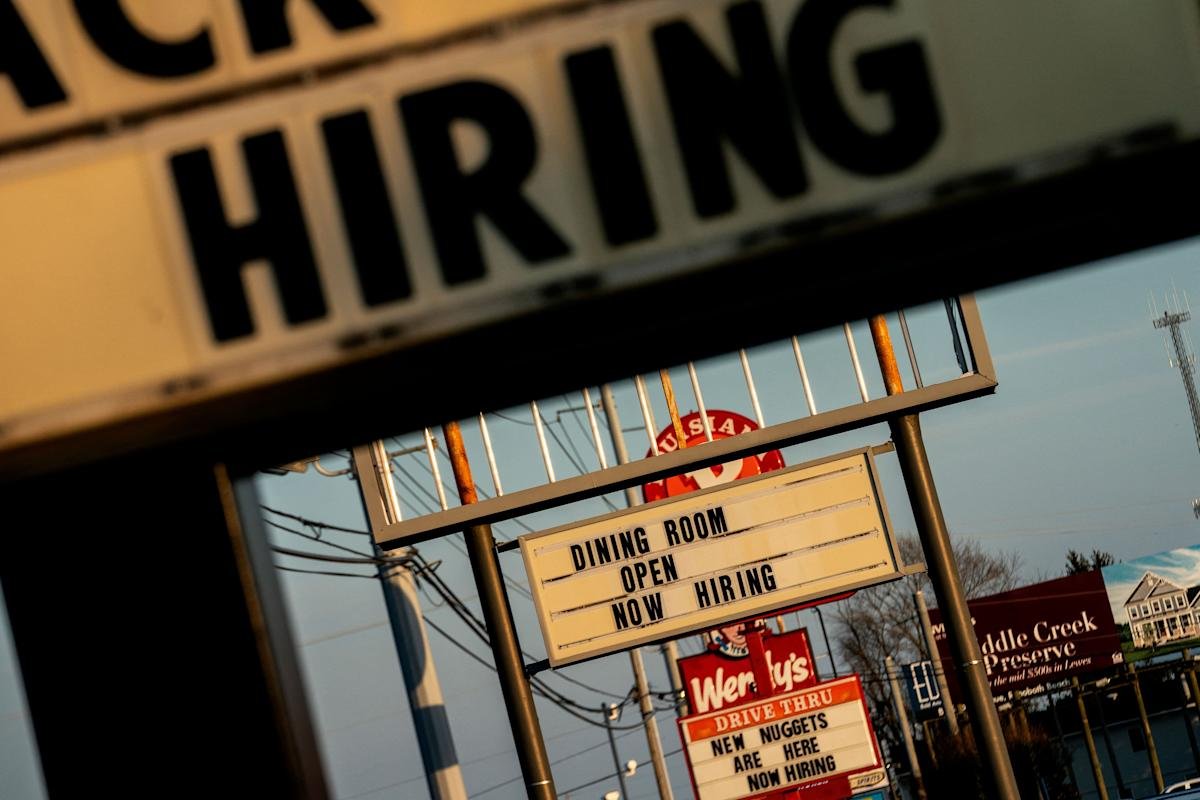




















































































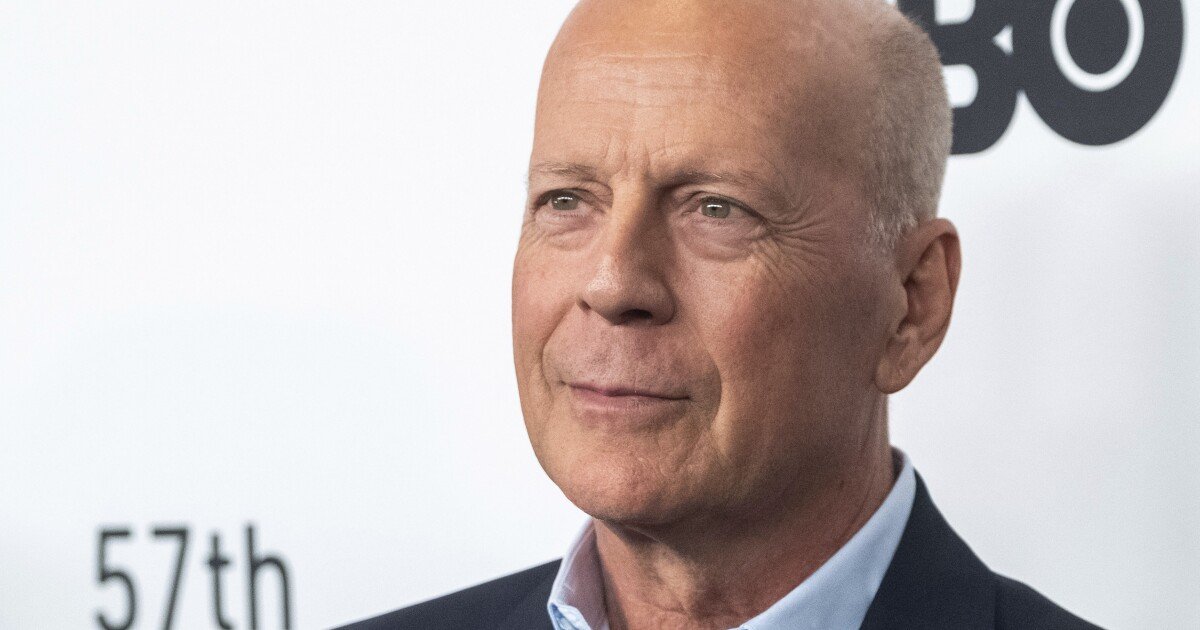

































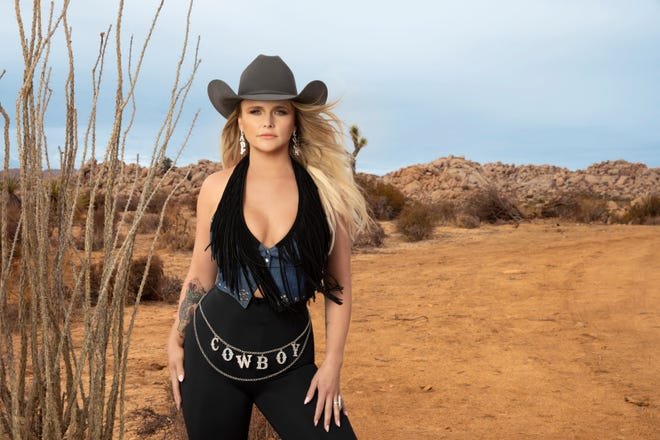

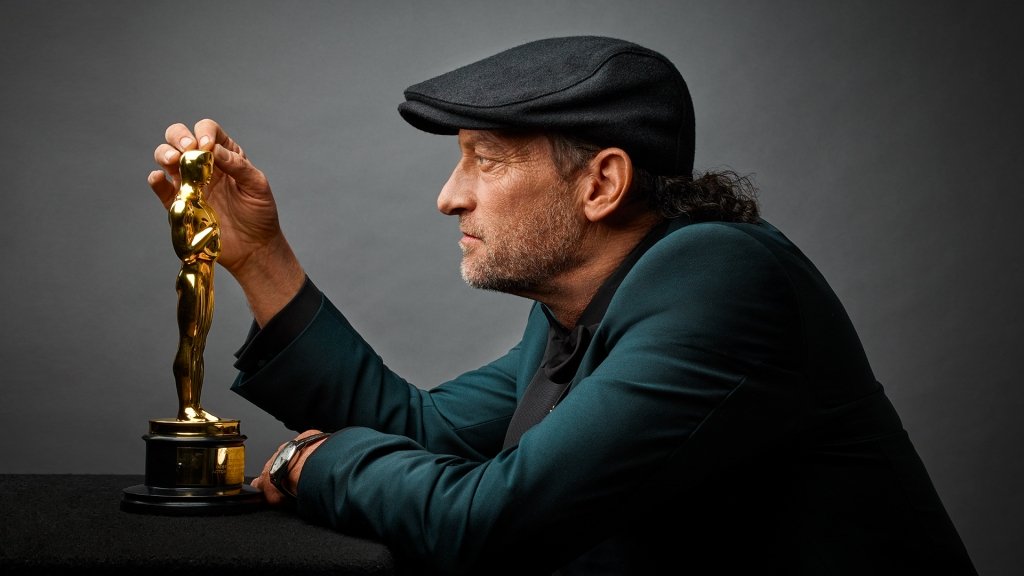












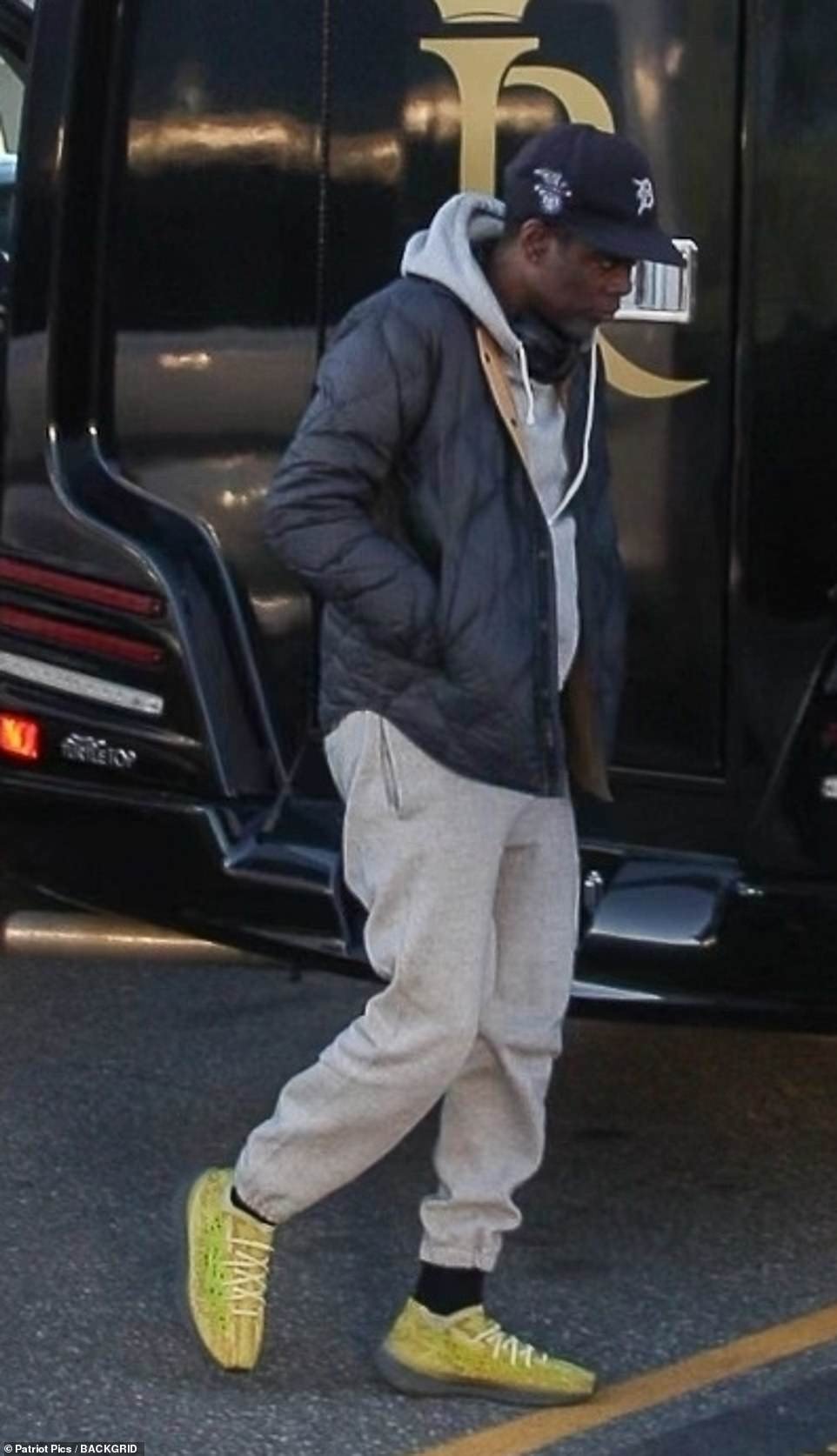














































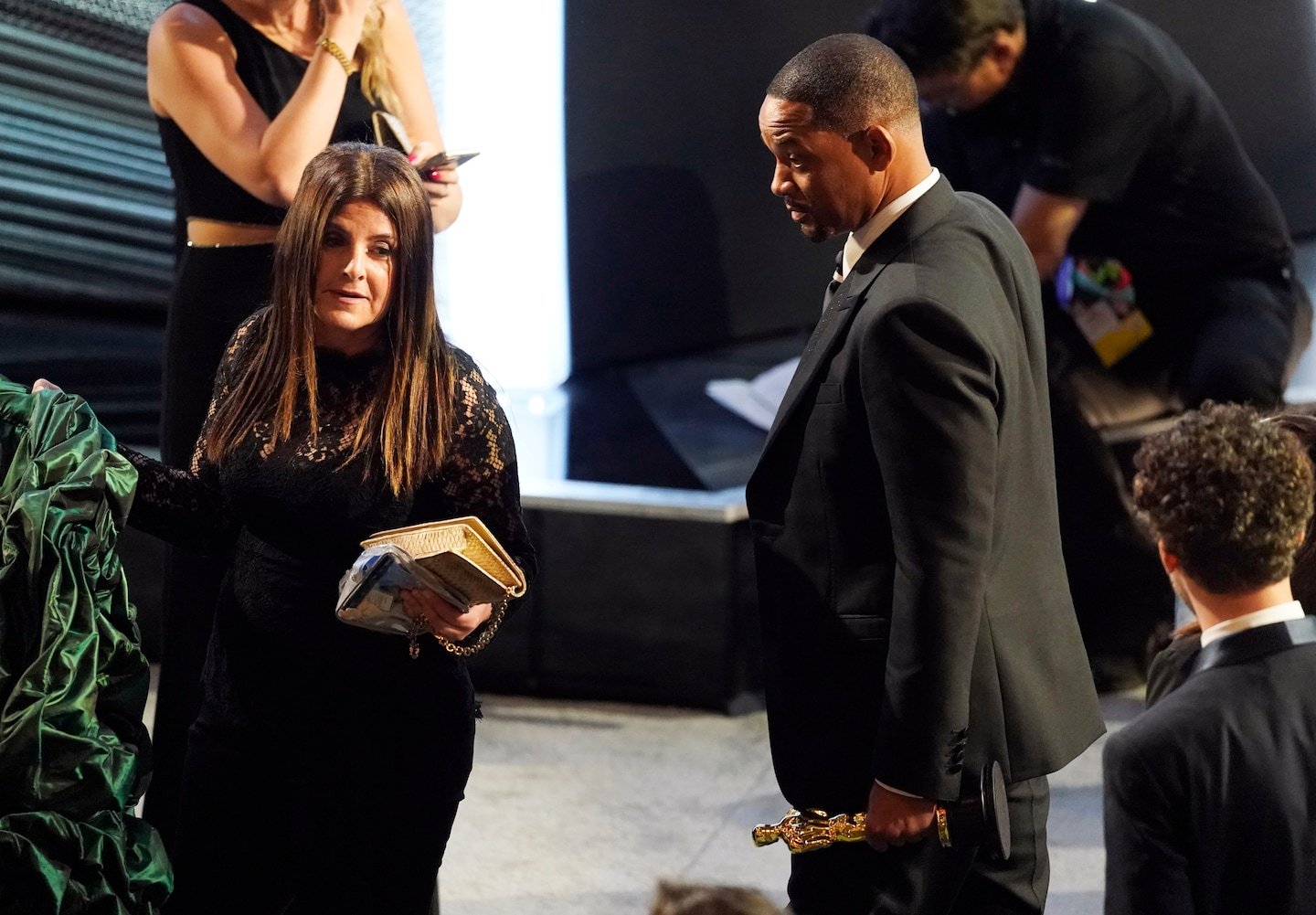





























































































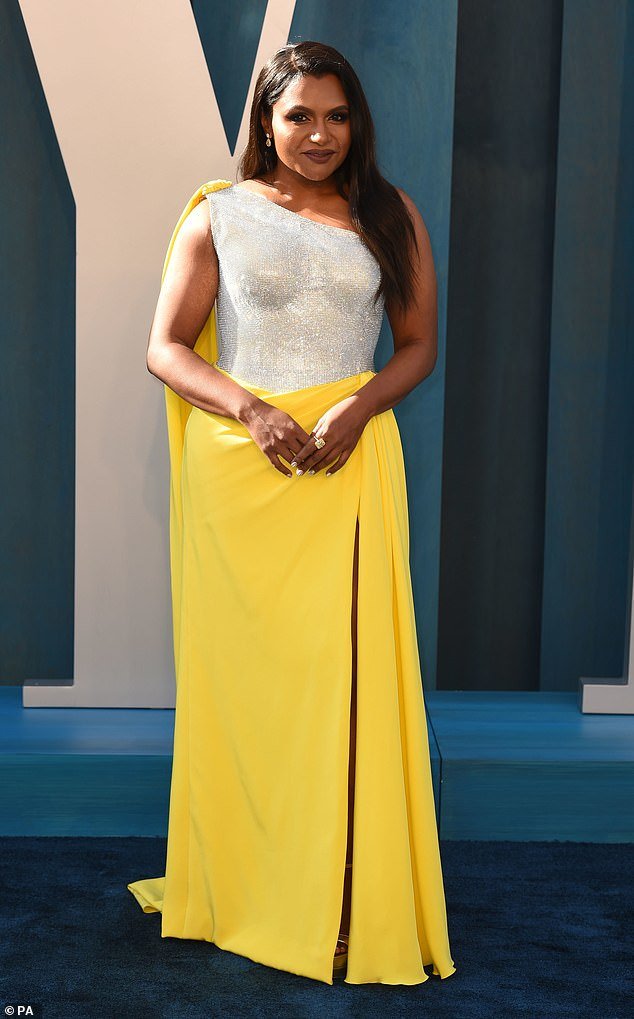






















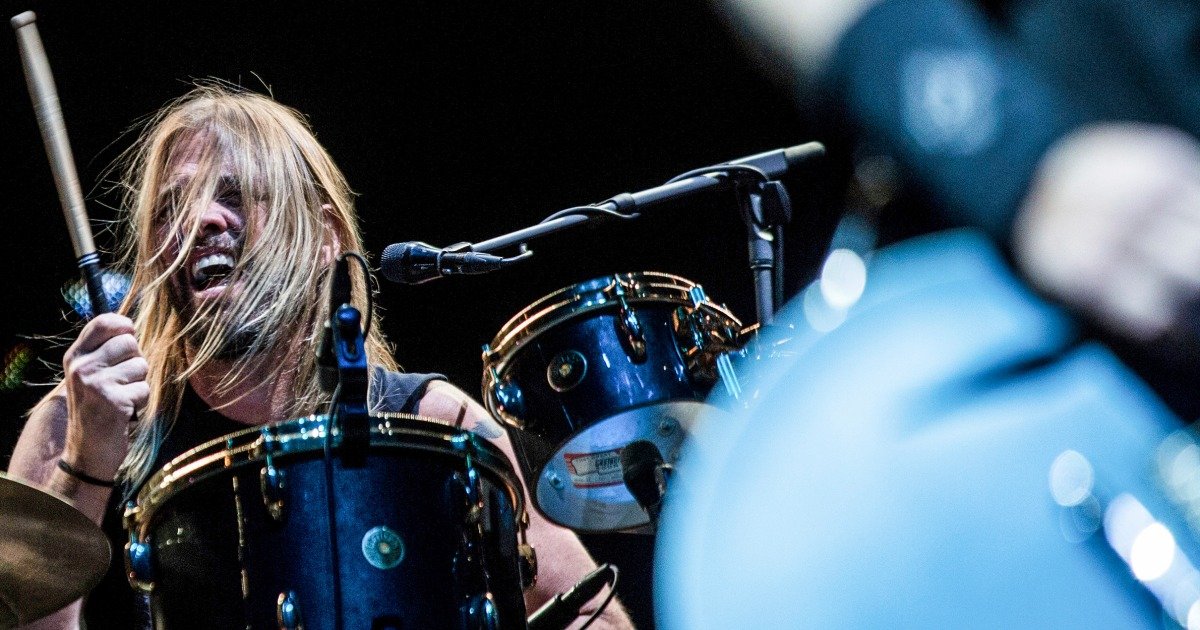















































































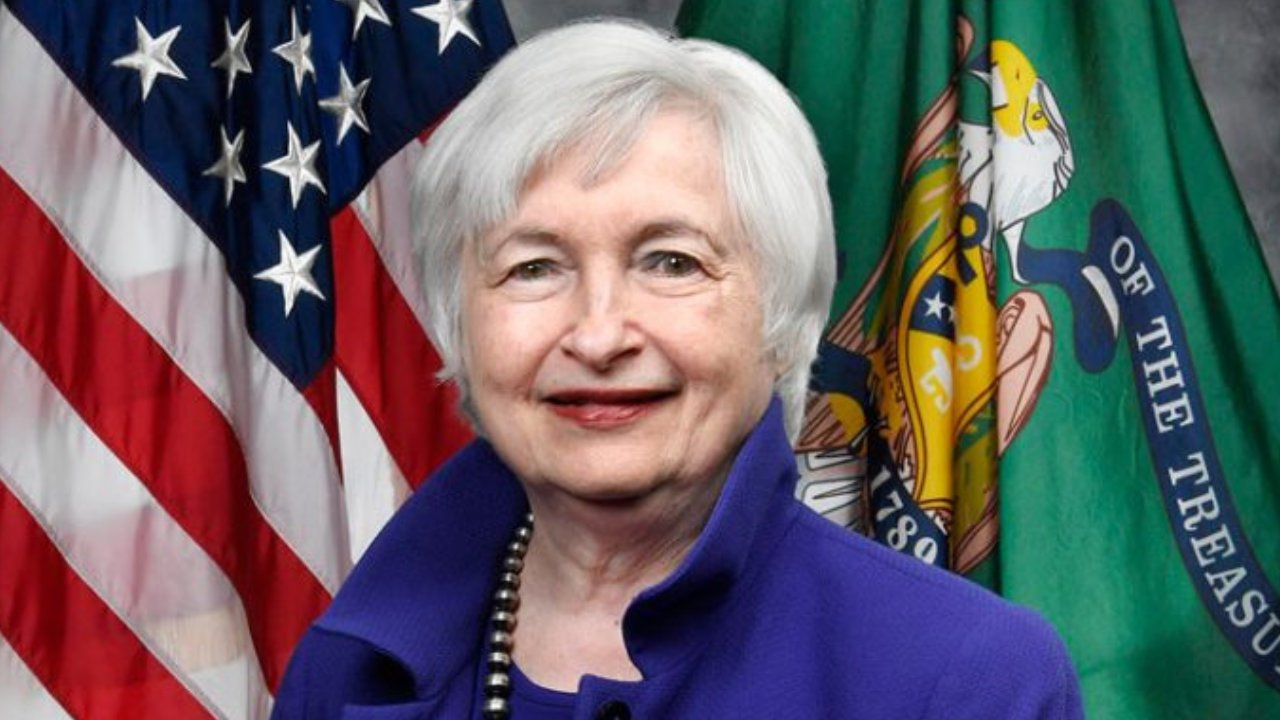









































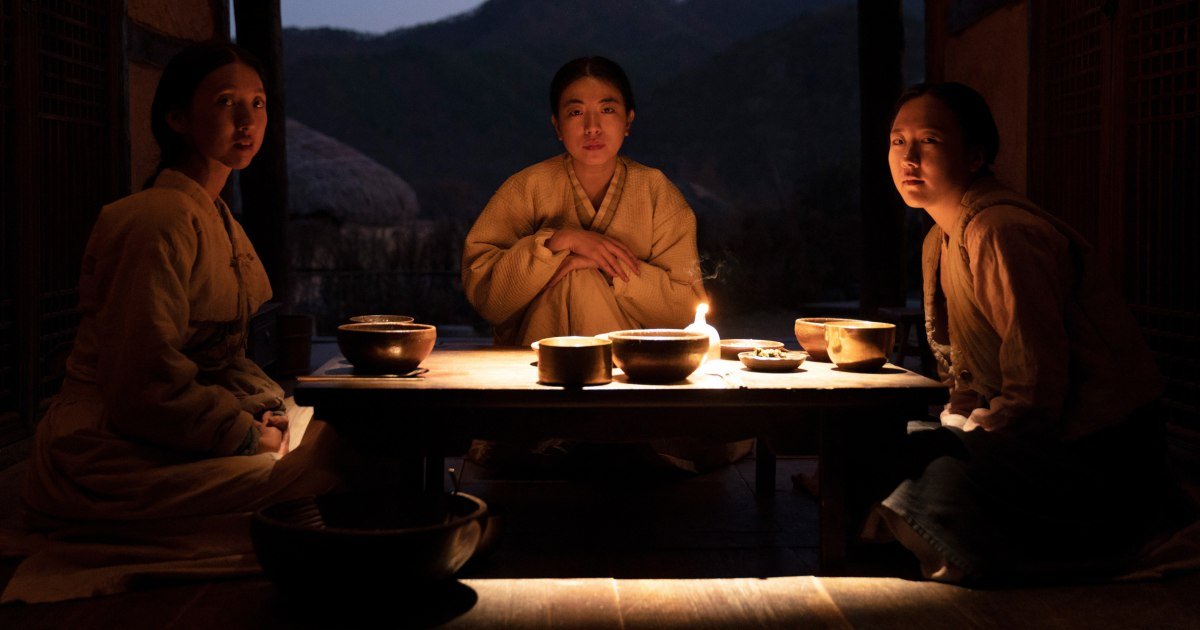























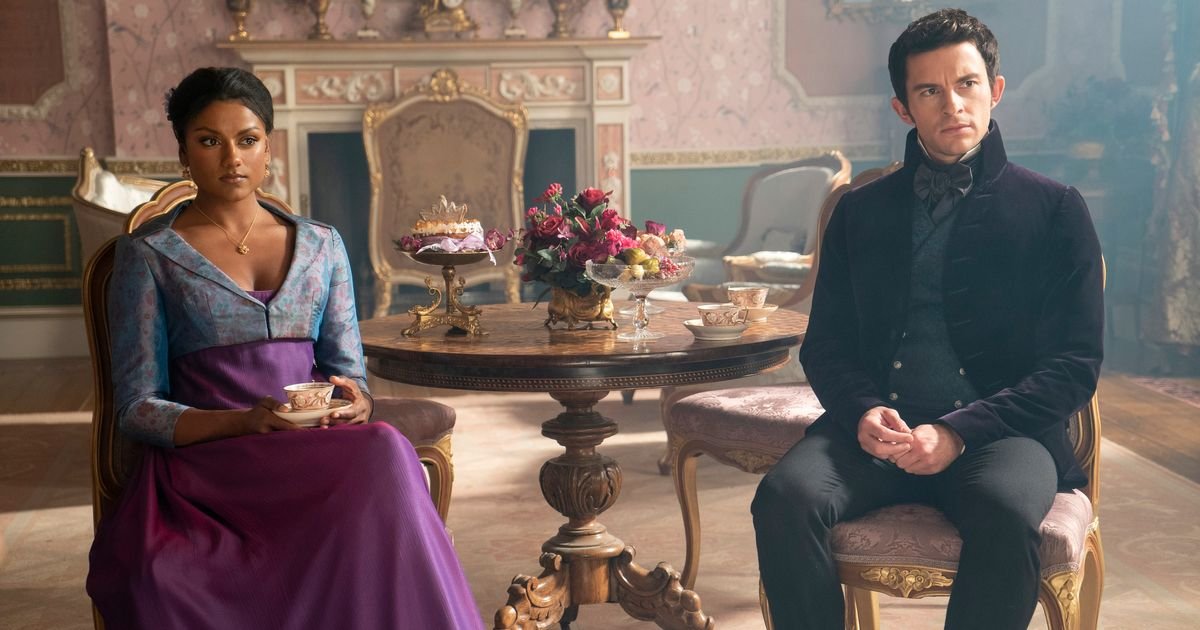






















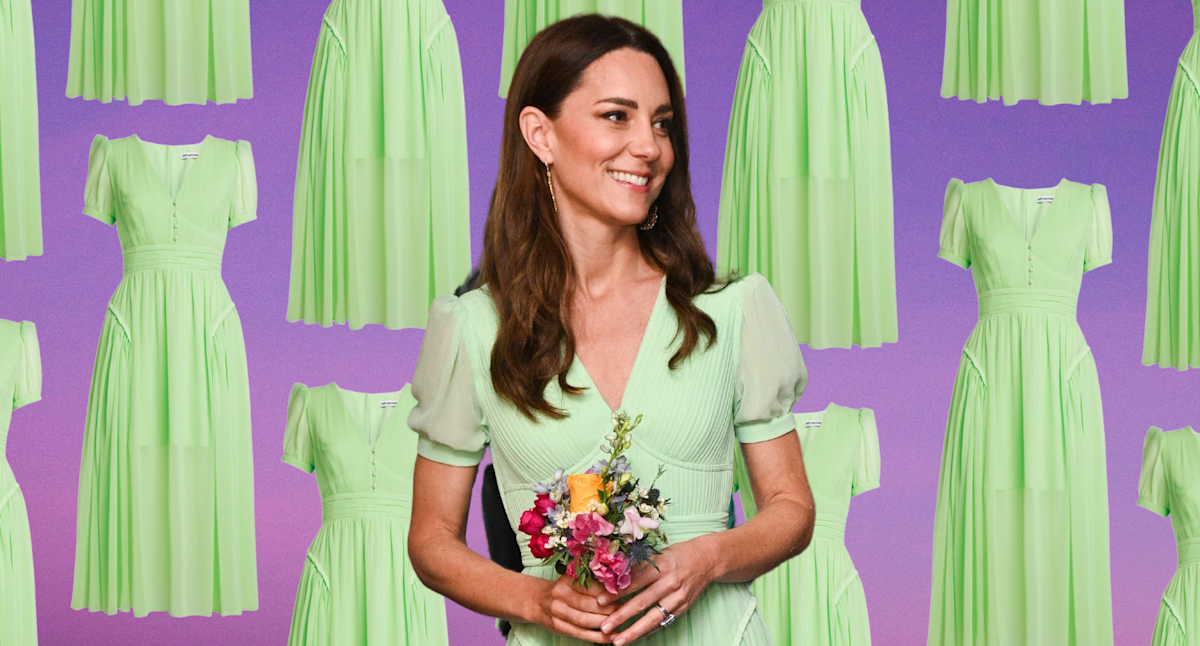


























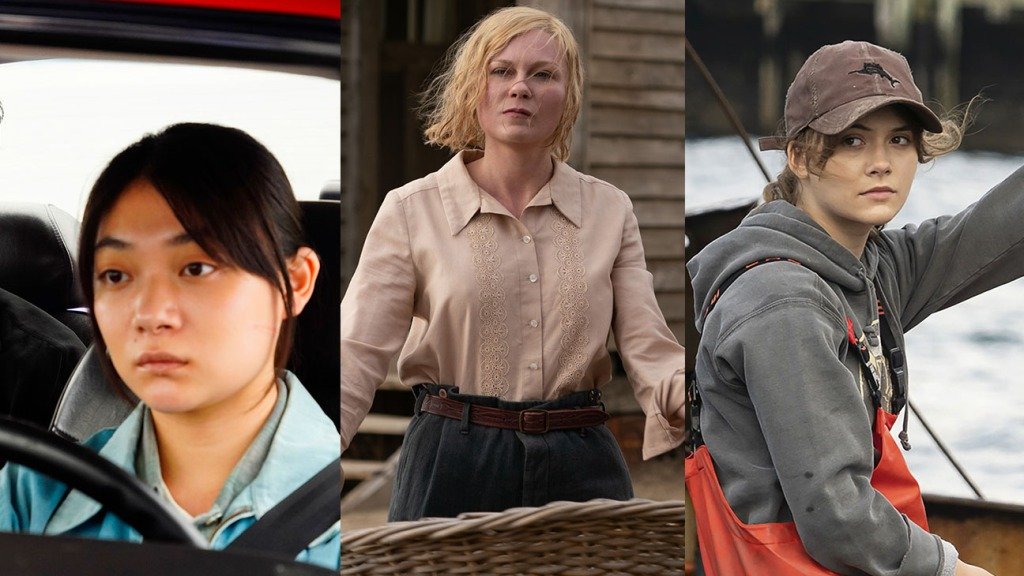














































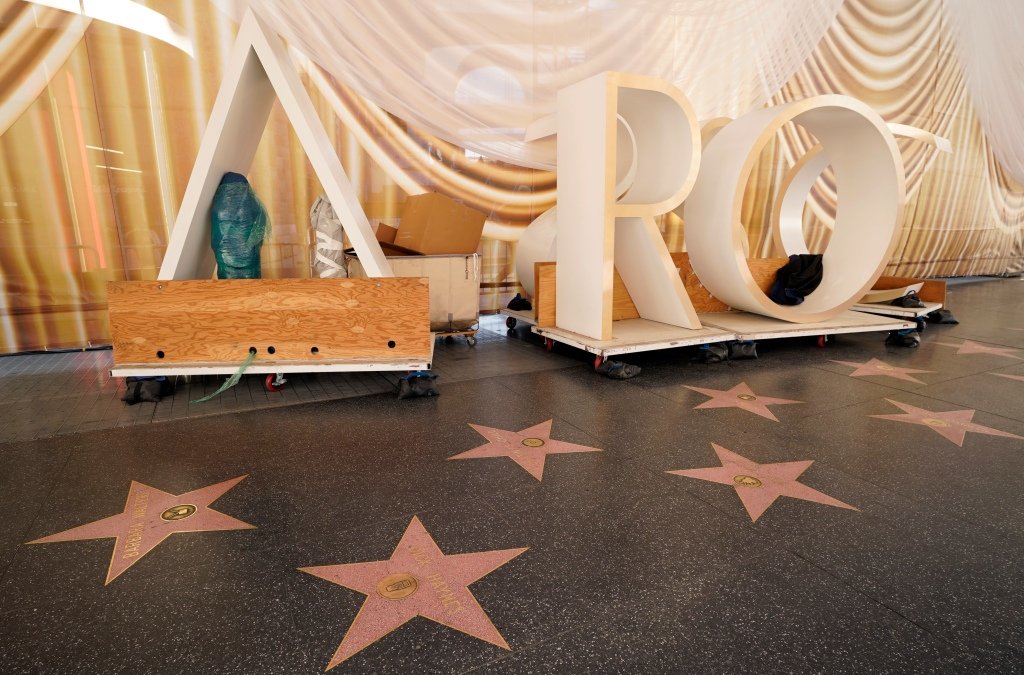







































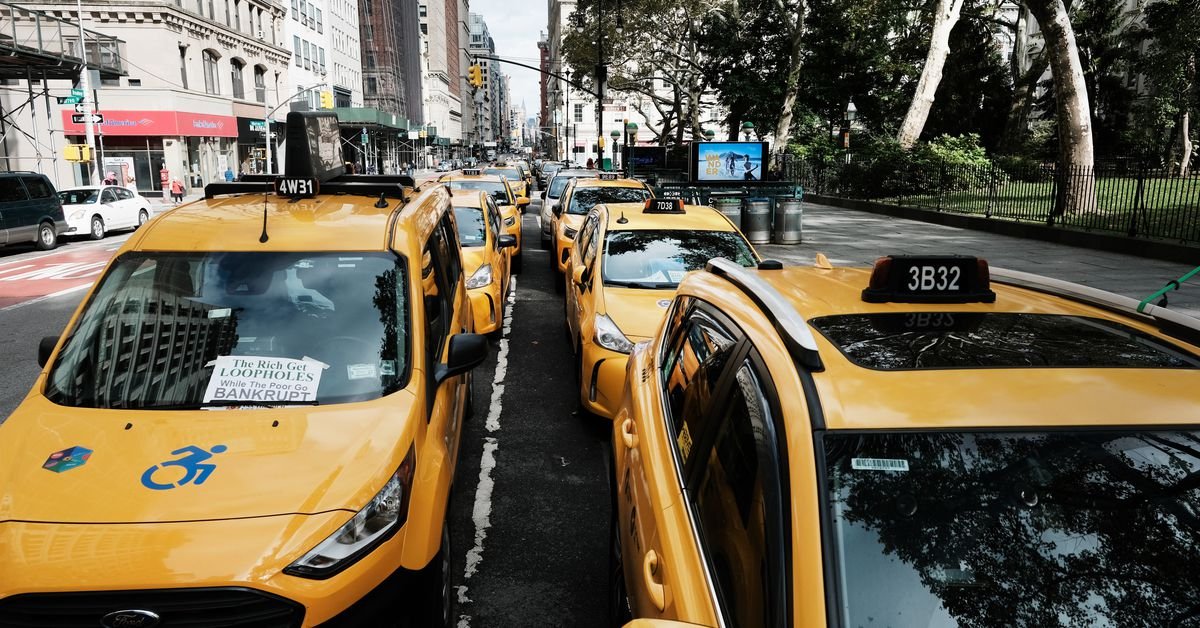











































































































![‘I mean, I kinda agree [with] them’](https://nokiamelodileri.com/wp-content/uploads/2022/03/I-mean-I-kinda-agree-with-them.jpeg)

























![TikToker Admits He Lied About Jumping That Tesla to Go Viral [UPDATED]](https://nokiamelodileri.com/wp-content/uploads/2022/03/TikToker-Admits-He-Lied-About-Jumping-That-Tesla-to-Go.jpg)

































































































































































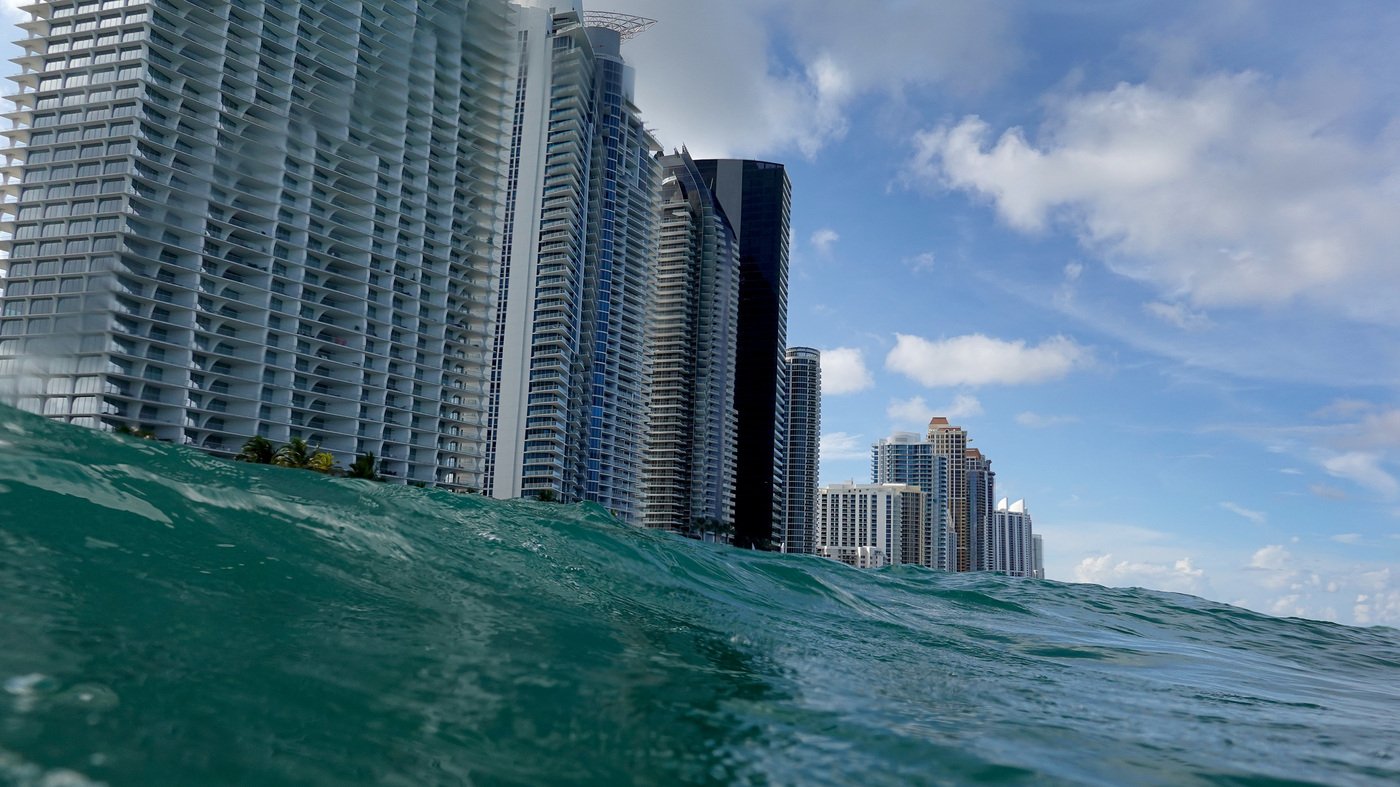

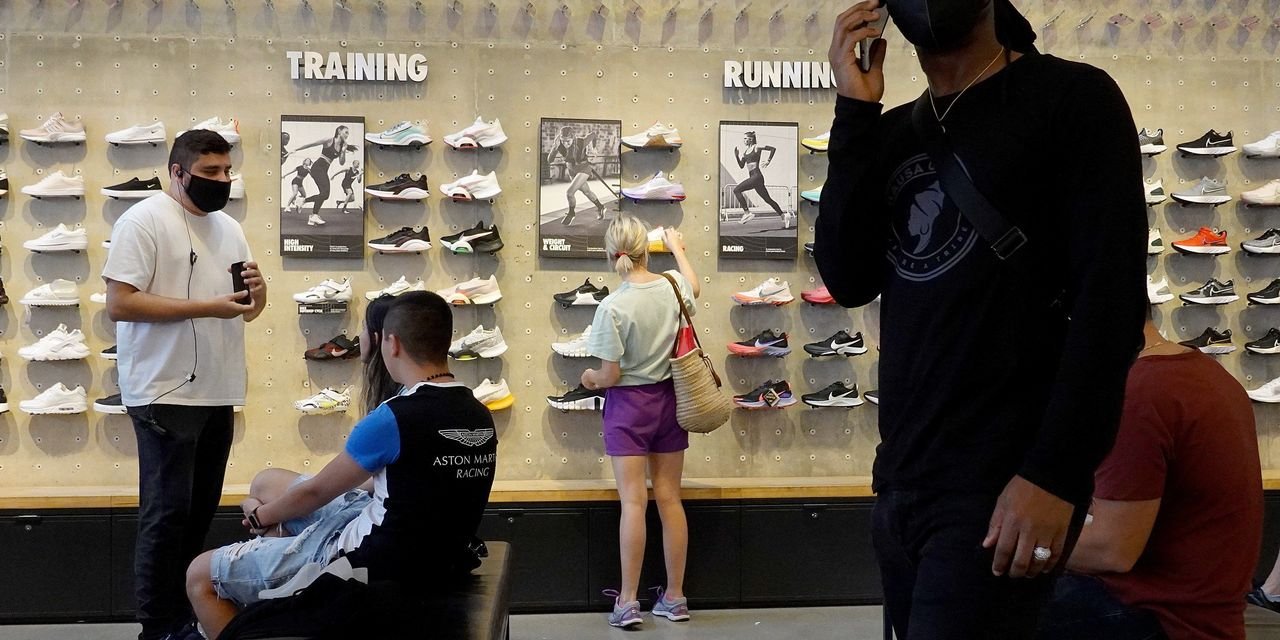





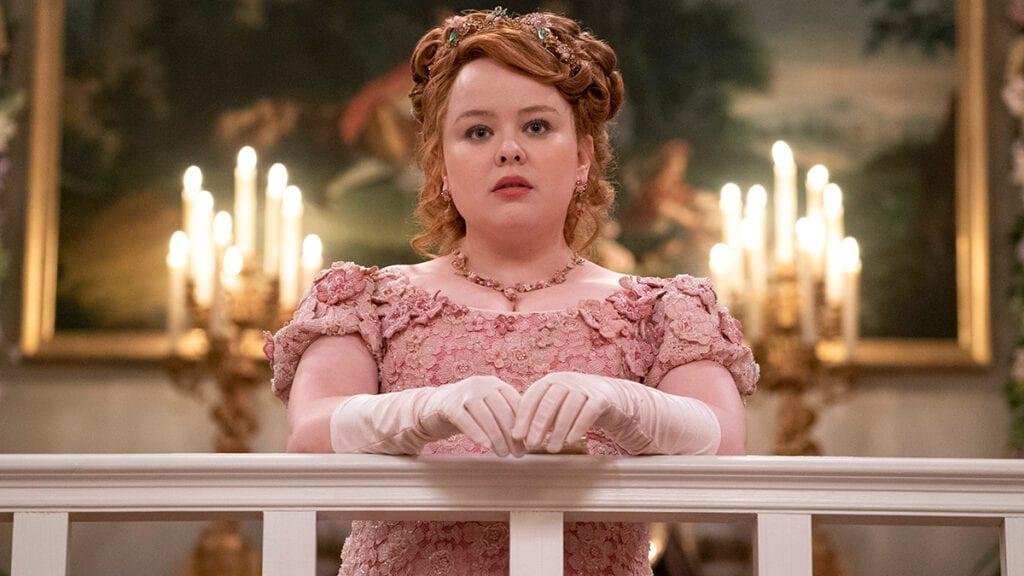
























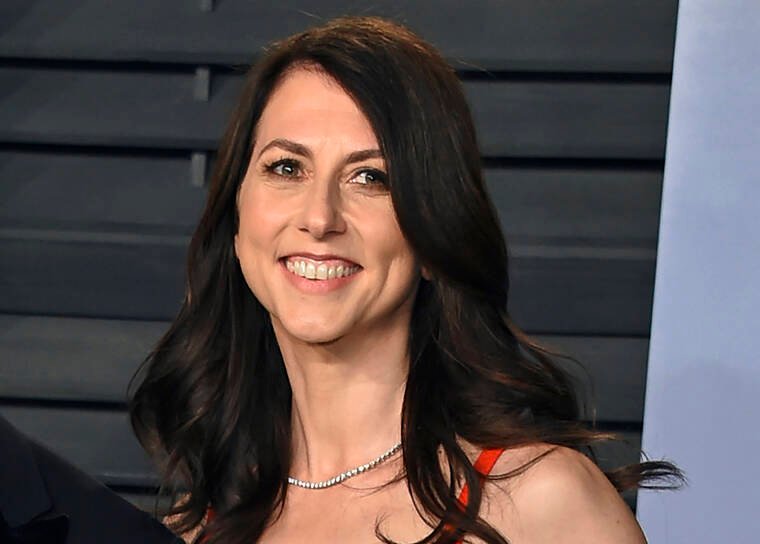






































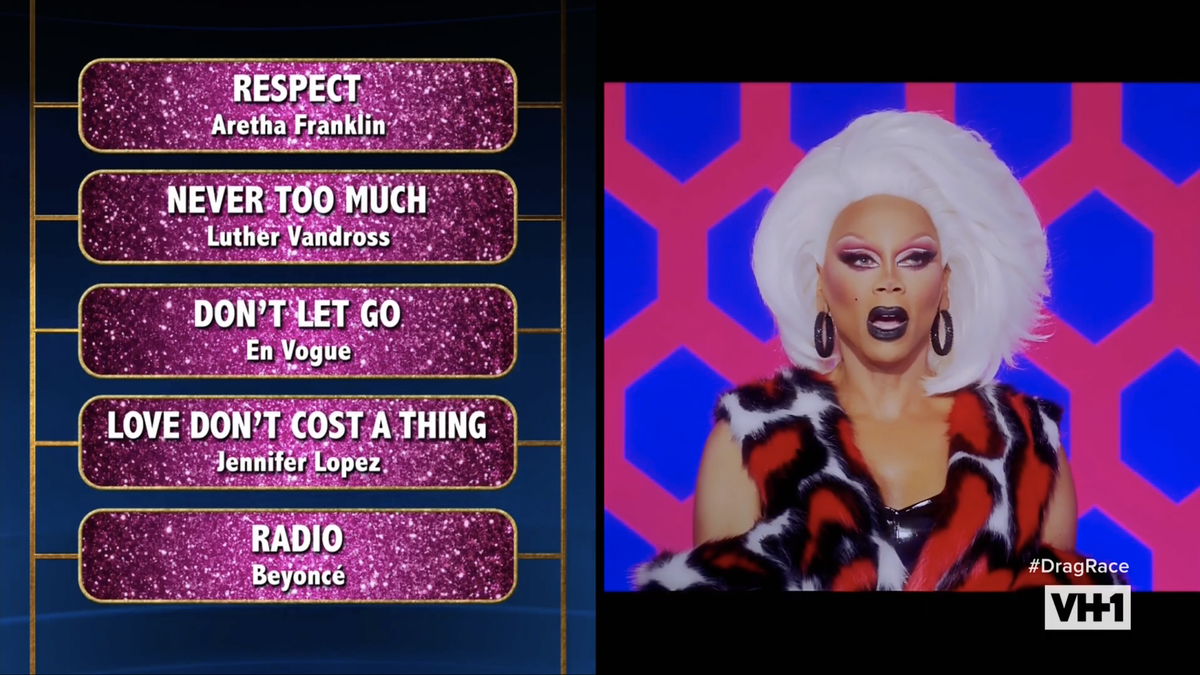













































































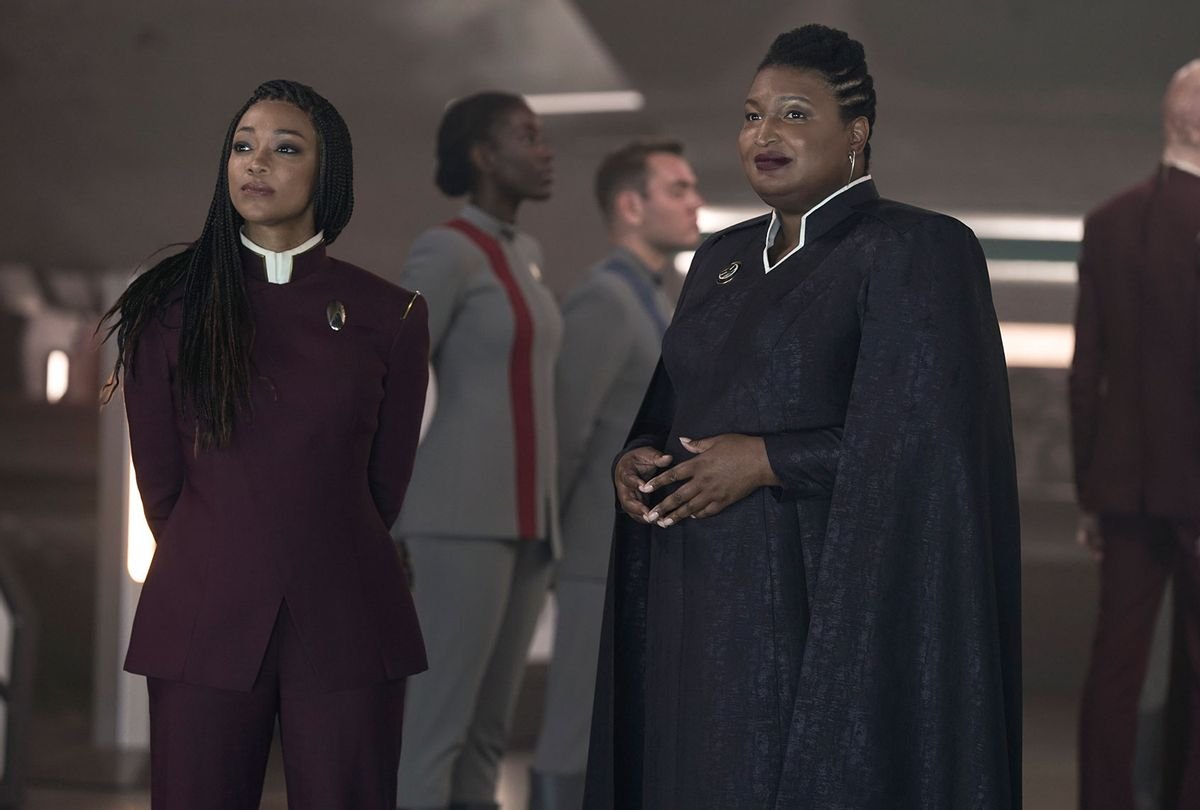












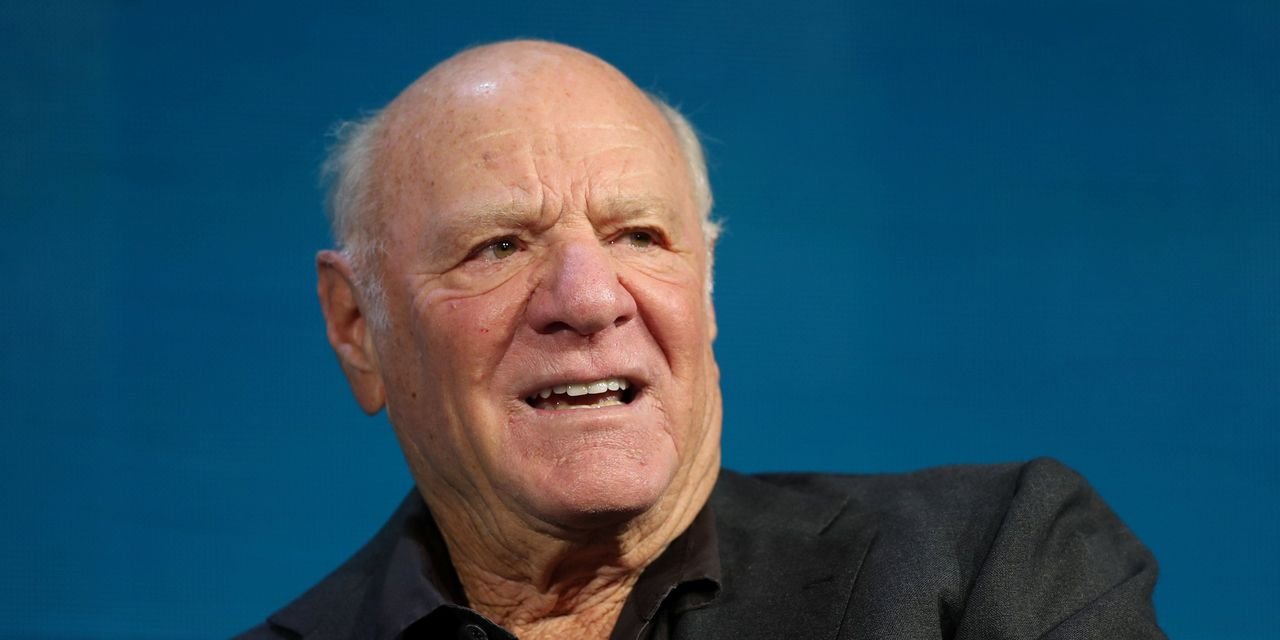
























































































![‘Good Trouble’: [Spoiler] Leaving in Season 4](https://nokiamelodileri.com/wp-content/uploads/2022/03/Good-Trouble-Spoiler-Leaving-in-Season-4.jpg)









































































![‘The Bachelor’ Recap: Season Finale—Clayton Picks [Spoiler]](https://nokiamelodileri.com/wp-content/uploads/2022/03/The-Bachelor-Recap-Season-Finale—Clayton-Picks-Spoiler.png)


































































































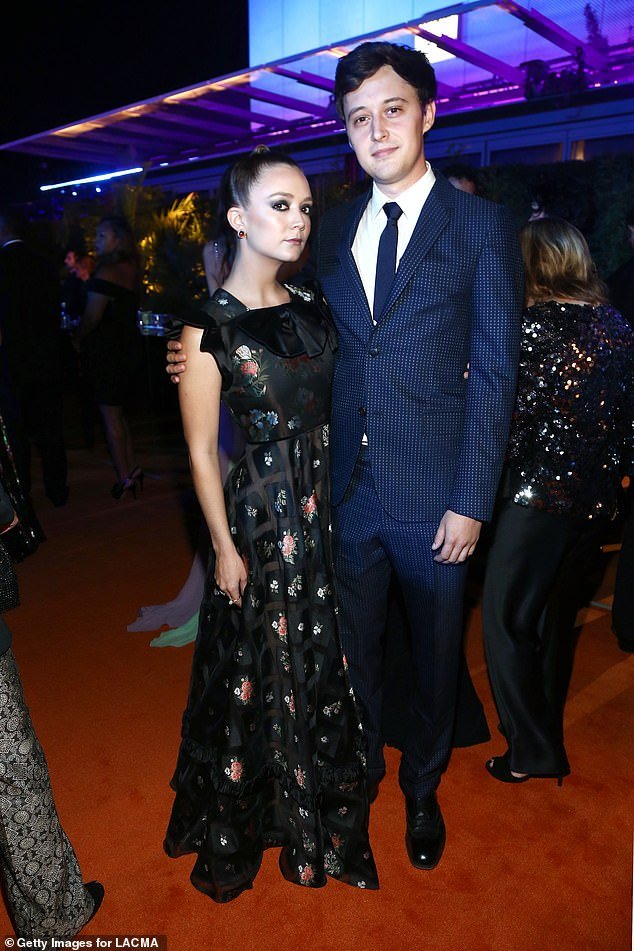


















































































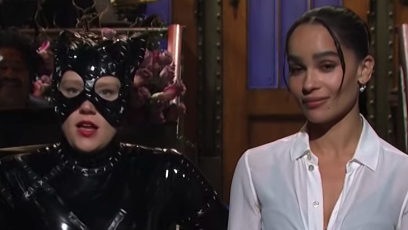































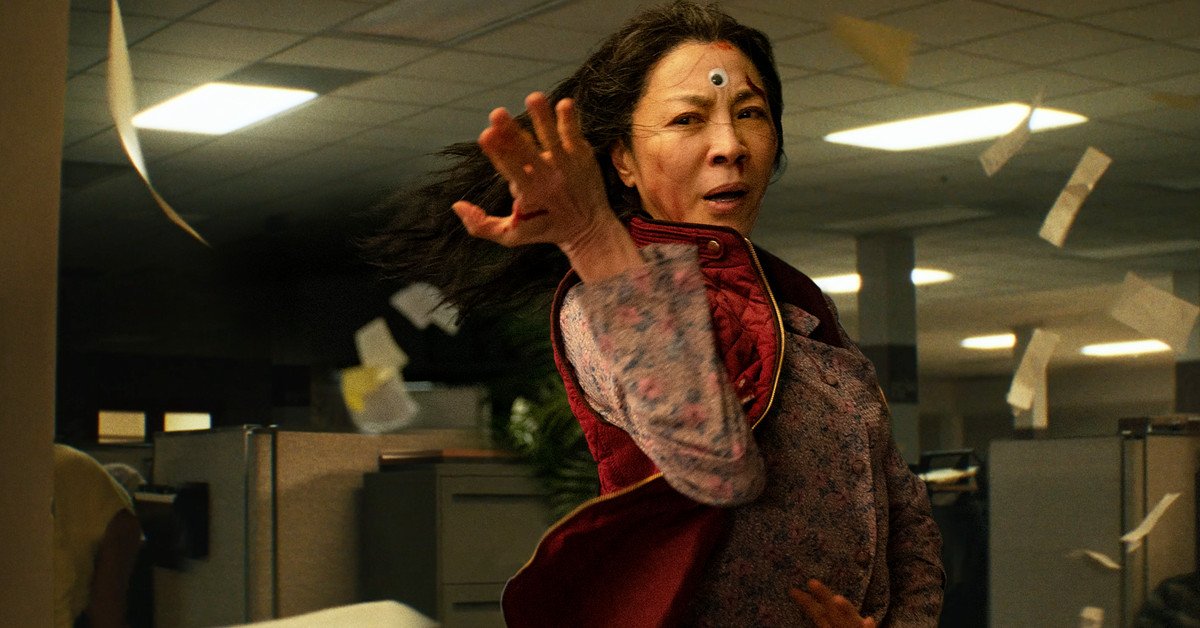




















![‘Upload’ Recap: Season 2 Premiere, Episode 1 — Ingrid Is [Spoiler]](https://nokiamelodileri.com/wp-content/uploads/2022/03/Upload-Recap-Season-2-Premiere-Episode-1-—-Ingrid-Is.jpg)







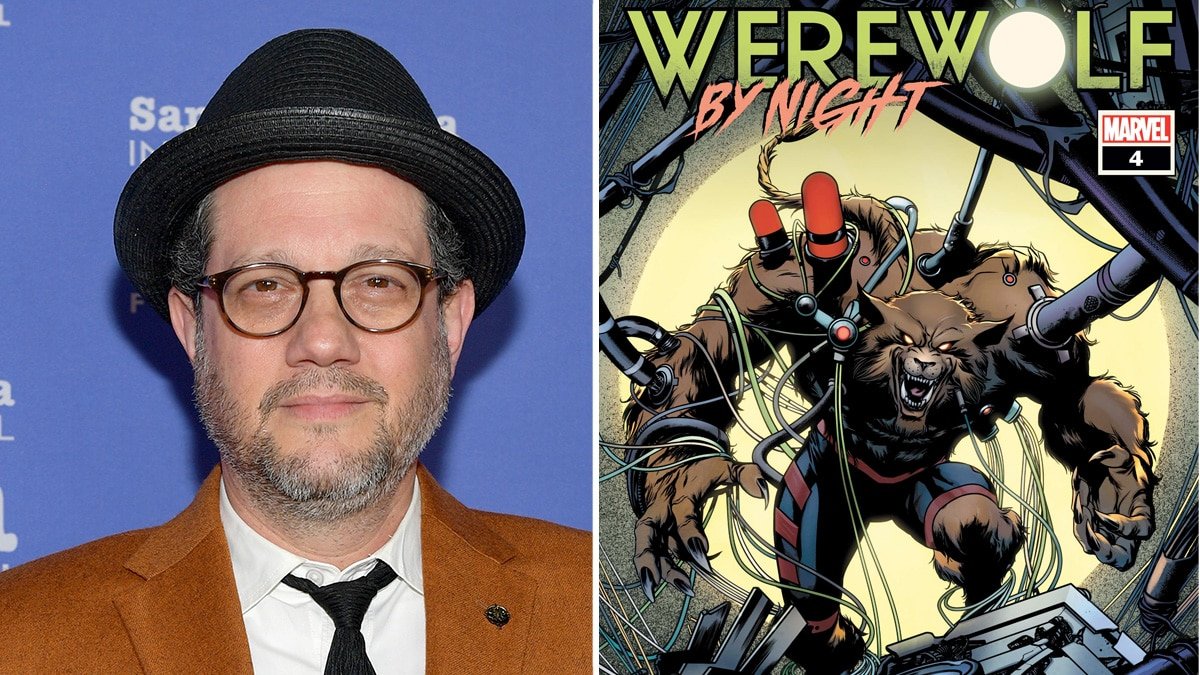



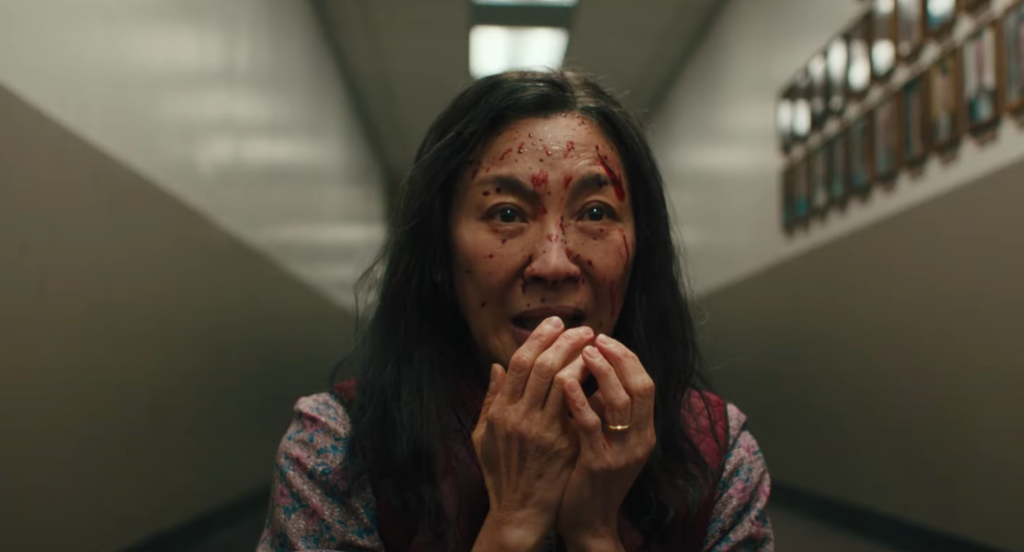











































































































![[VIDEO] ‘The Masked Singer’ Premiere Recap: Season 7, Episode 1](https://nokiamelodileri.com/wp-content/uploads/2022/03/VIDEO-The-Masked-Singer-Premiere-Recap-Season-7-Episode-1.jpg)






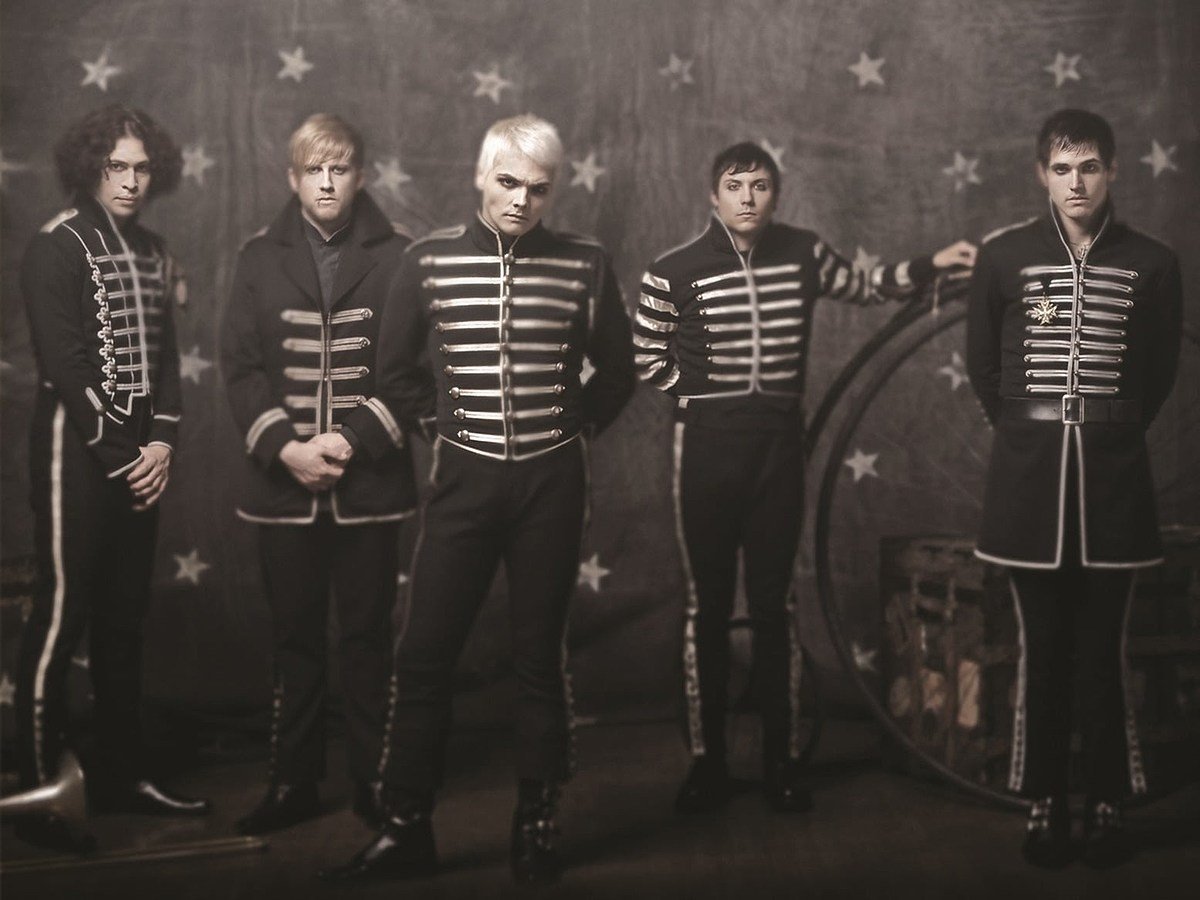


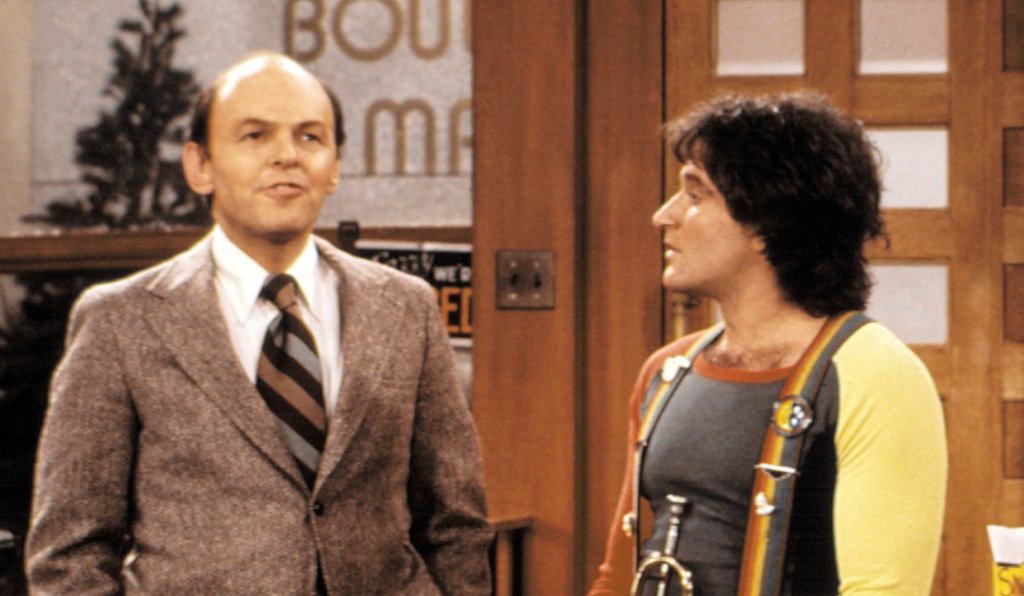







![‘The Bachelor’ Recap: Fantasy Suites, Clayton and [Spoiler] break-up](https://nokiamelodileri.com/wp-content/uploads/2022/03/The-Bachelor-Recap-Fantasy-Suites-Clayton-and-Spoiler-break-up.png)




















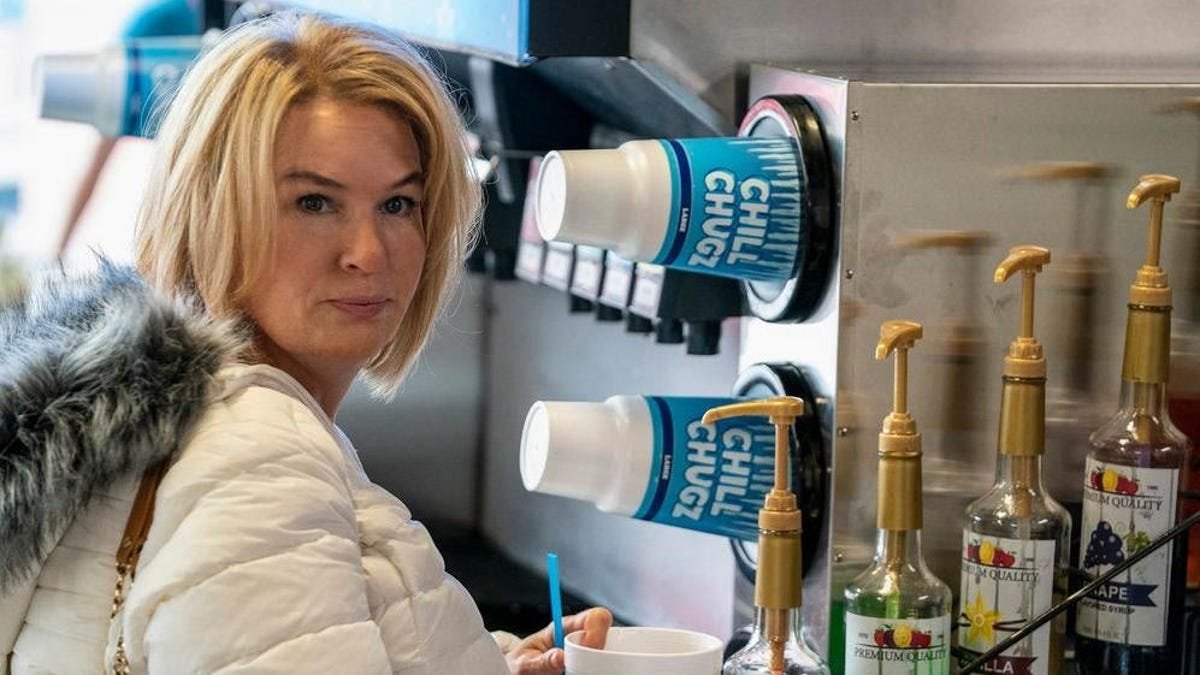


































0